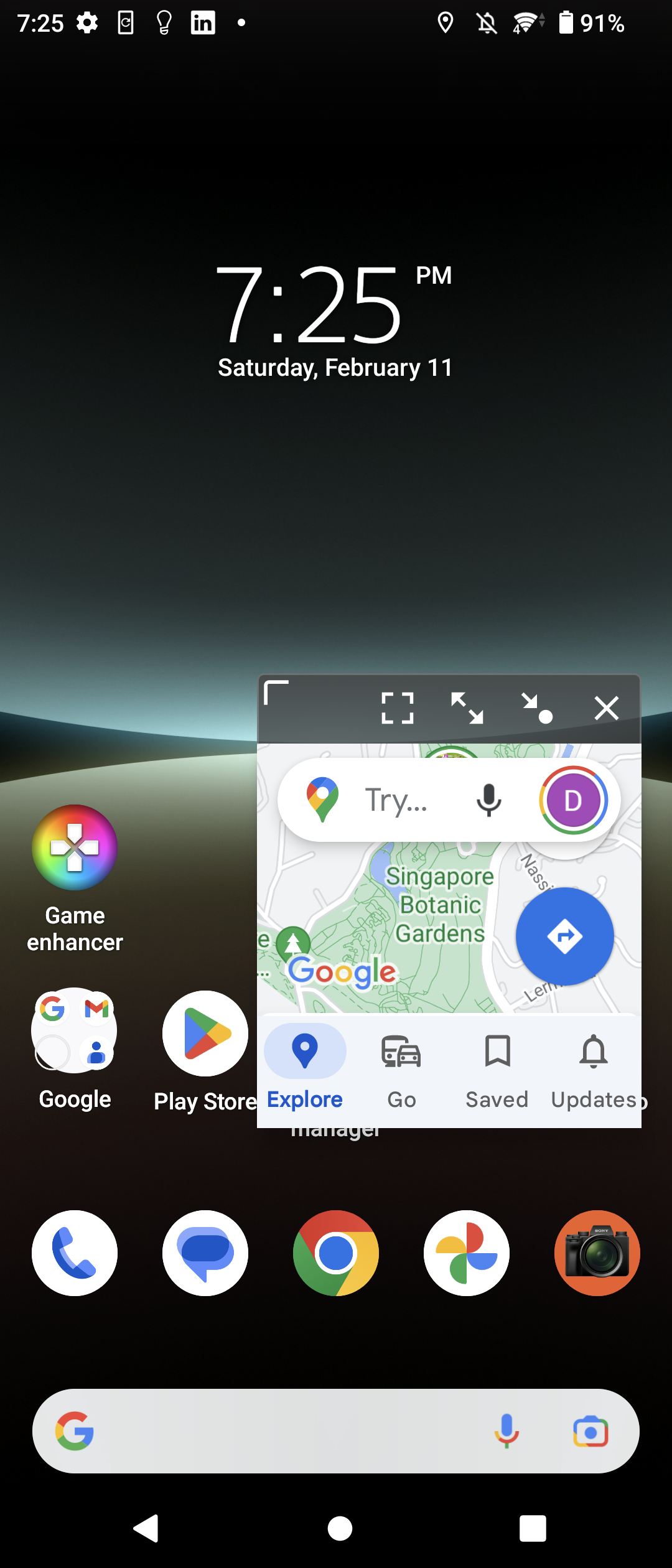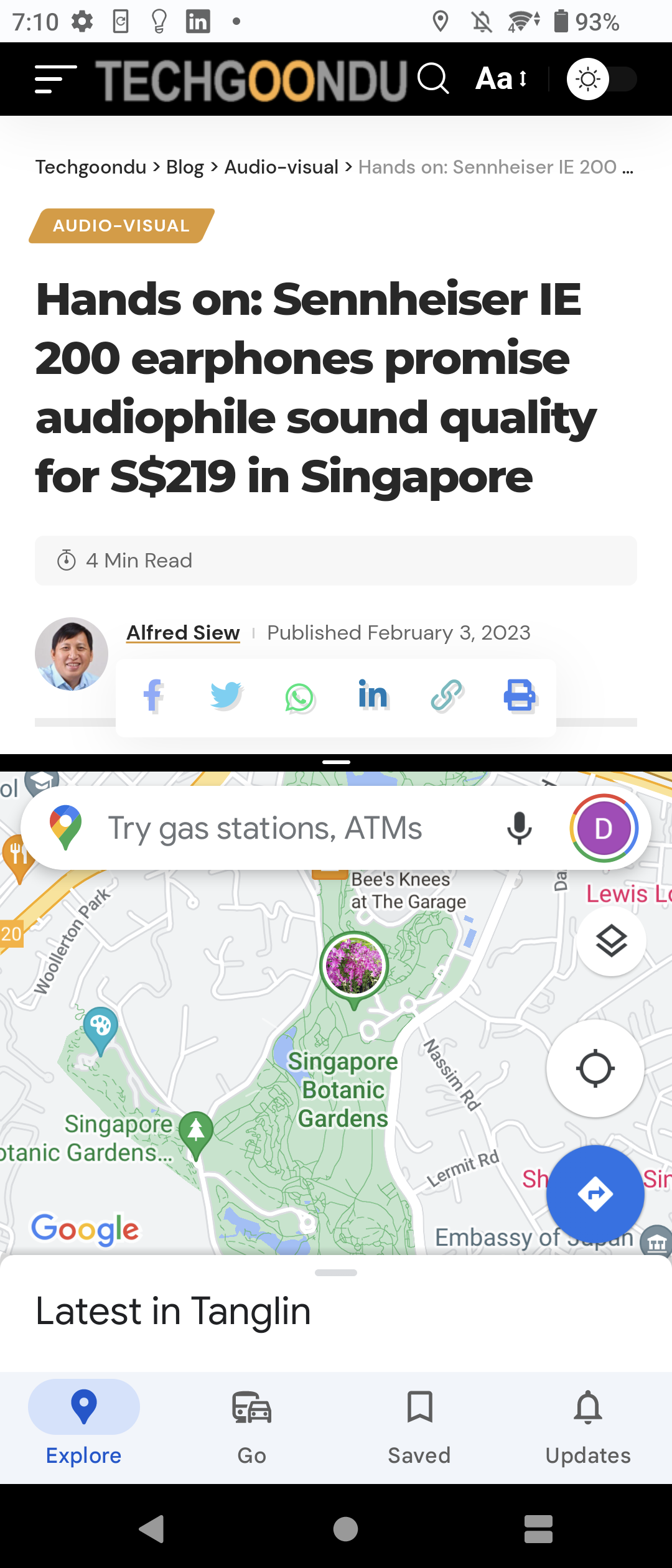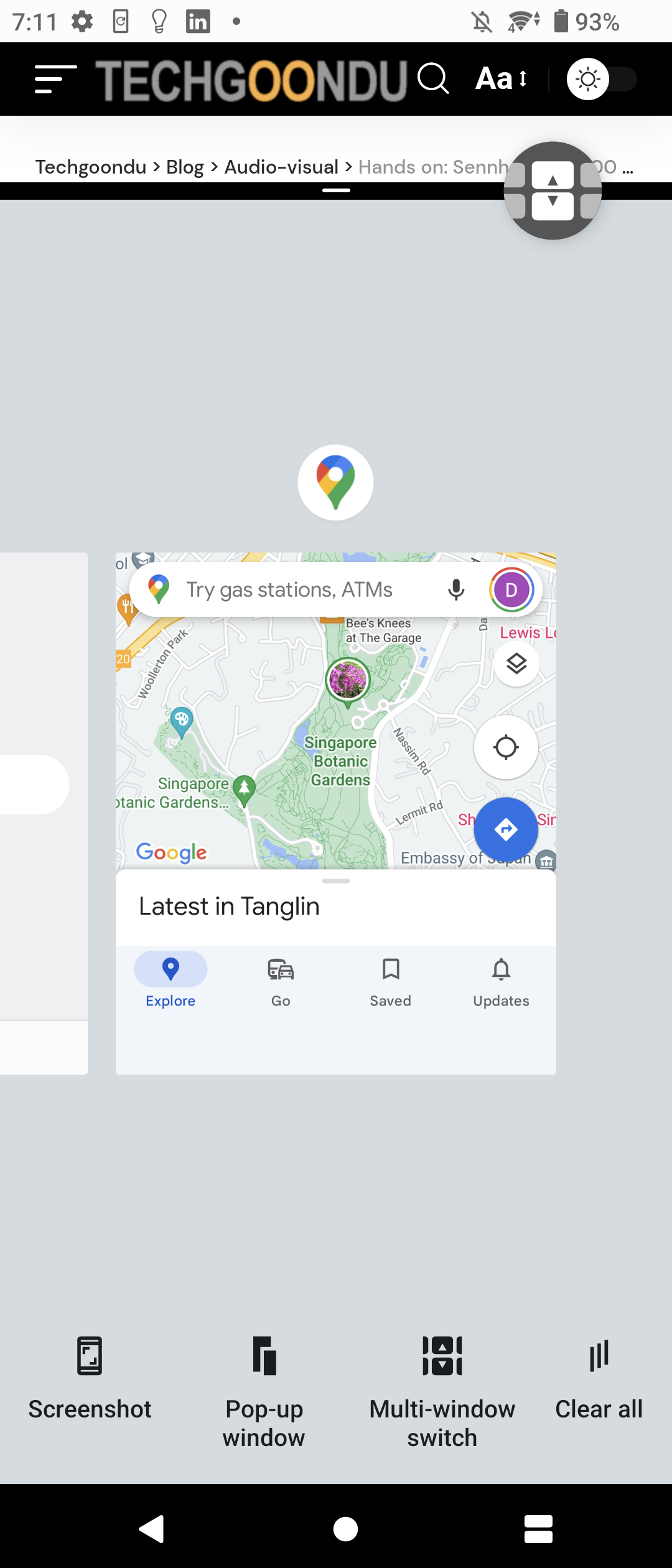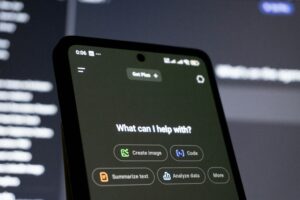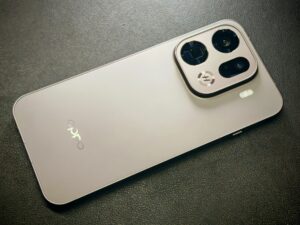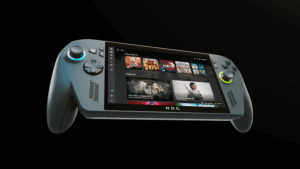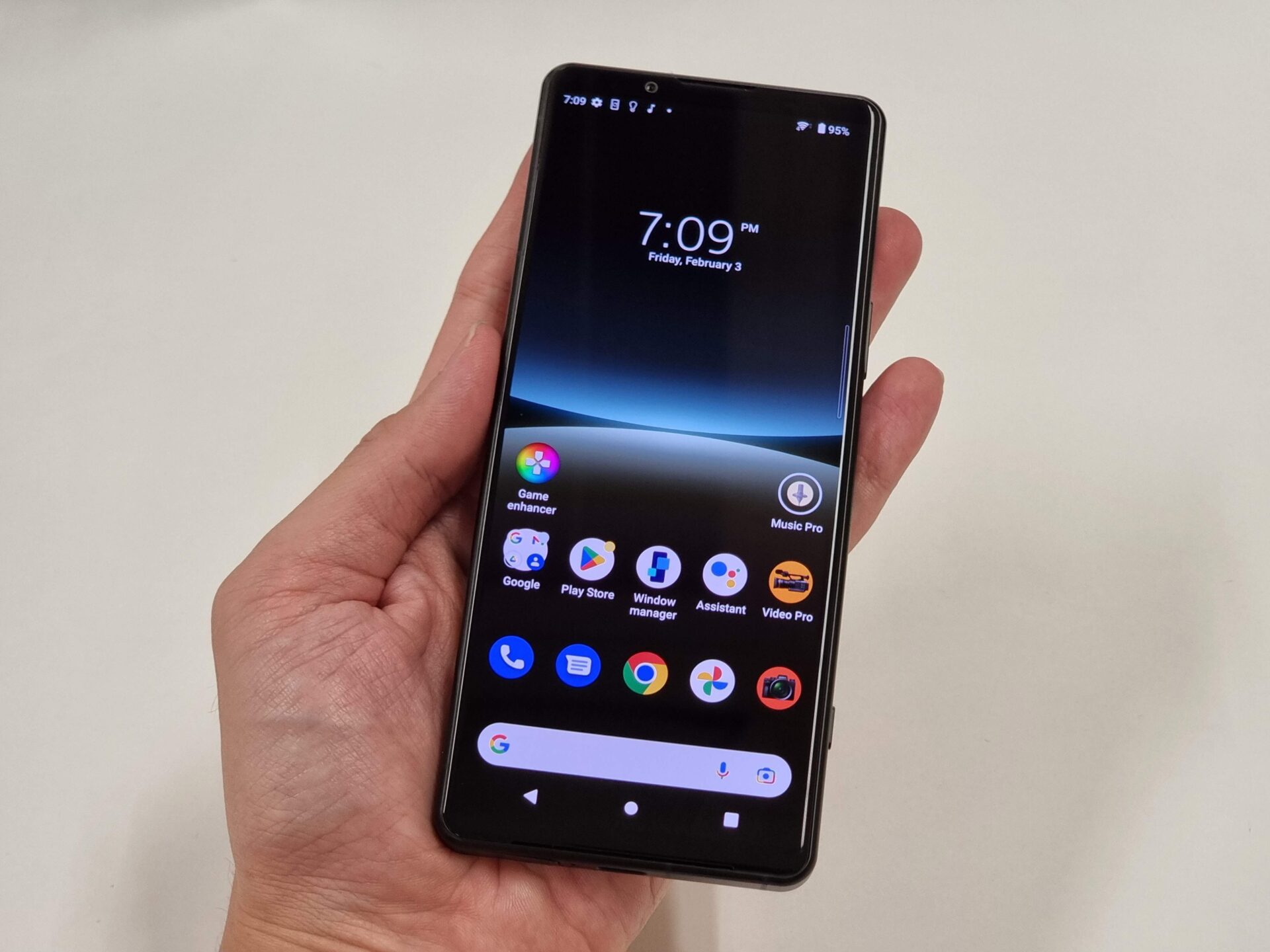
In the Xperia 5 IV, Sony has returned with the fourth update to its Xperia 5 range, thus the “IV” moniker. Yes, logical but somewhat hard to remember and awkward to pronounce.
For those needing a recap, in the Xperia universe, the 1 series is the Japanese company’s “ultra” flagship, the 5 series in essence a “vanilla” flagship – a more pocketable 1 series with a few cutbacks, and the Xperia 10 a mid-range or “value” flagship.
The Xperia 5 IV retails for a recommended retail price of S$1,599 in Singapore. Here, we are only getting one variant, with 8GB RAM and 256GB storage.
Design
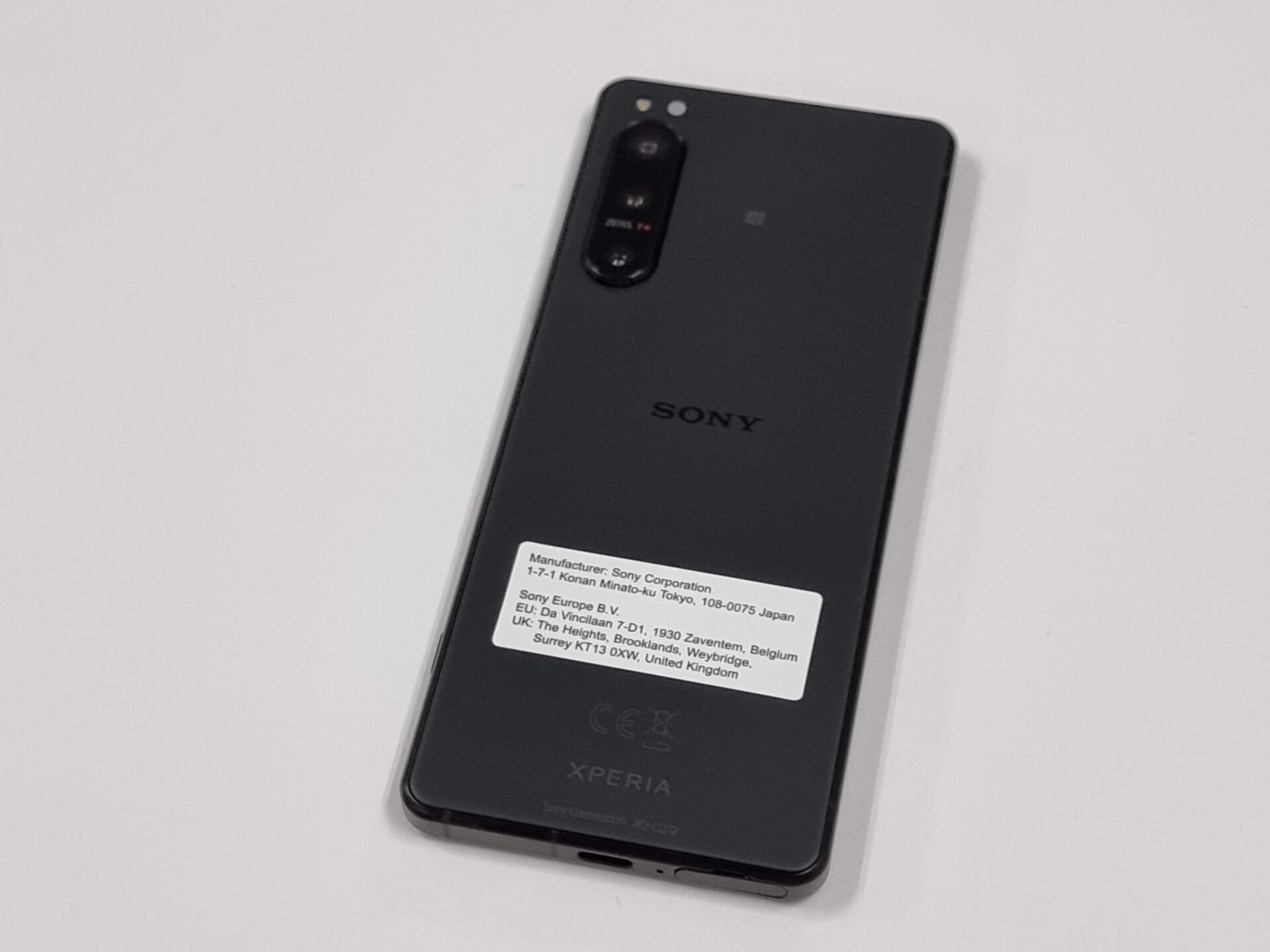
For better or worse, little has changed in the design department, like most Sony smartphones in recent times.
You get flat screens, straight bezels, lightly rounded corners, and a pronounced 45-degree angled lip all around the front and back of the device so the screen does not cut into the flesh of your palms.
The Xperia 5 IV opts for matte edges rather than a gloss finish. An excellent choice, in my opinion, to avoid the micro-scratches that are bound to surface despite the use of a case.
These tiny imperfections, annoyingly, often impact the trade-in price with eagle-eyed dealers.
The Xperia 5 IV is, for all practical purposes, the same size as the Xperia 5 III, measuring 156 x 67 x 8.2mm (the latter is 1mm taller), and ever so slightly weightier at 172g.
To be sure, 172g compares favourably to many 6.1-inch devices, including the 204g iPhone 14 Pro. As someone used to large phablets, I find the Xperia 5 IV nice and light in my hands.
The soft matte finish all round the device is also premium looking, fingerprint resistant and very comfortable to hold, as it has been with recent Xperia phones.
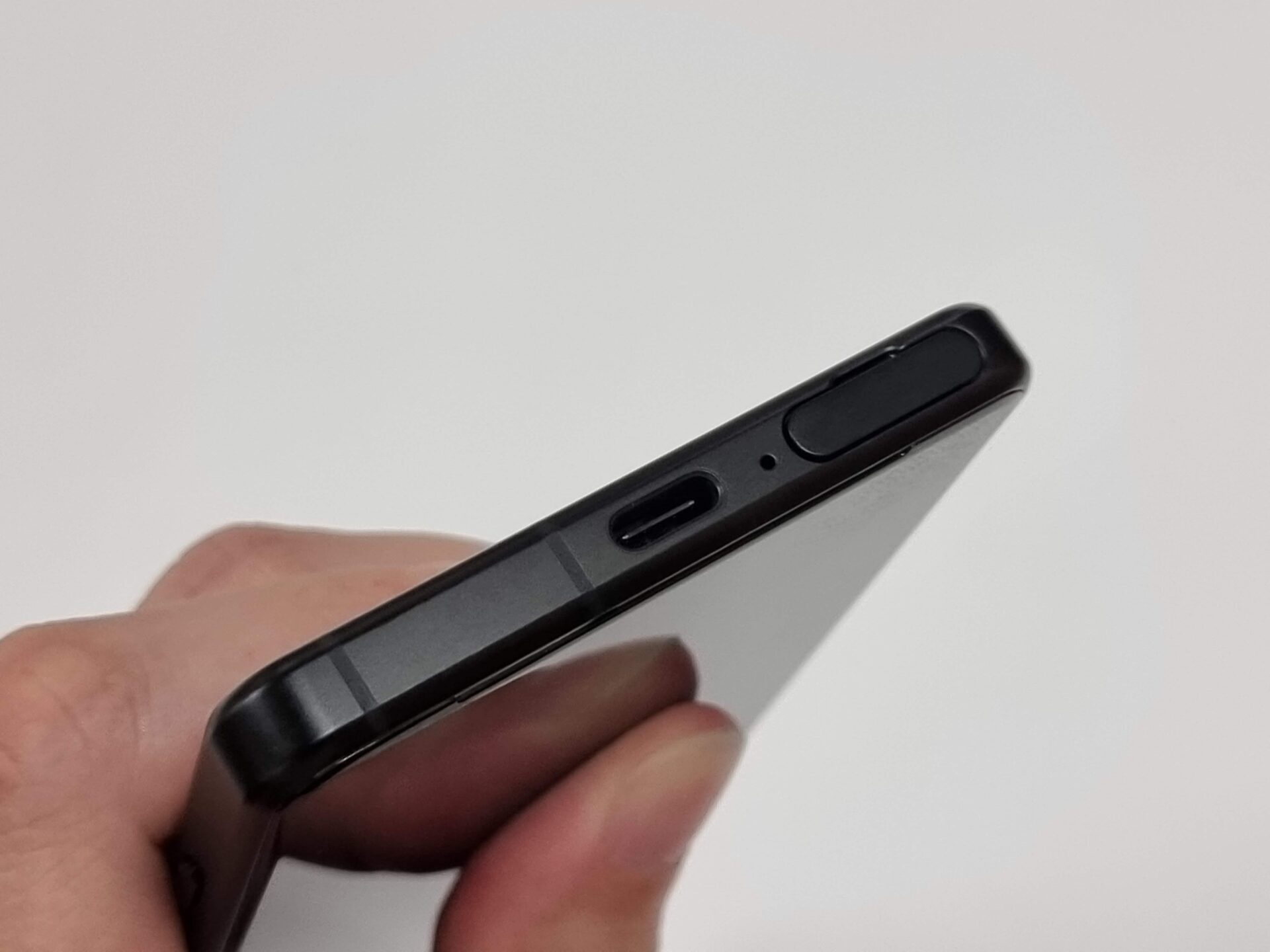
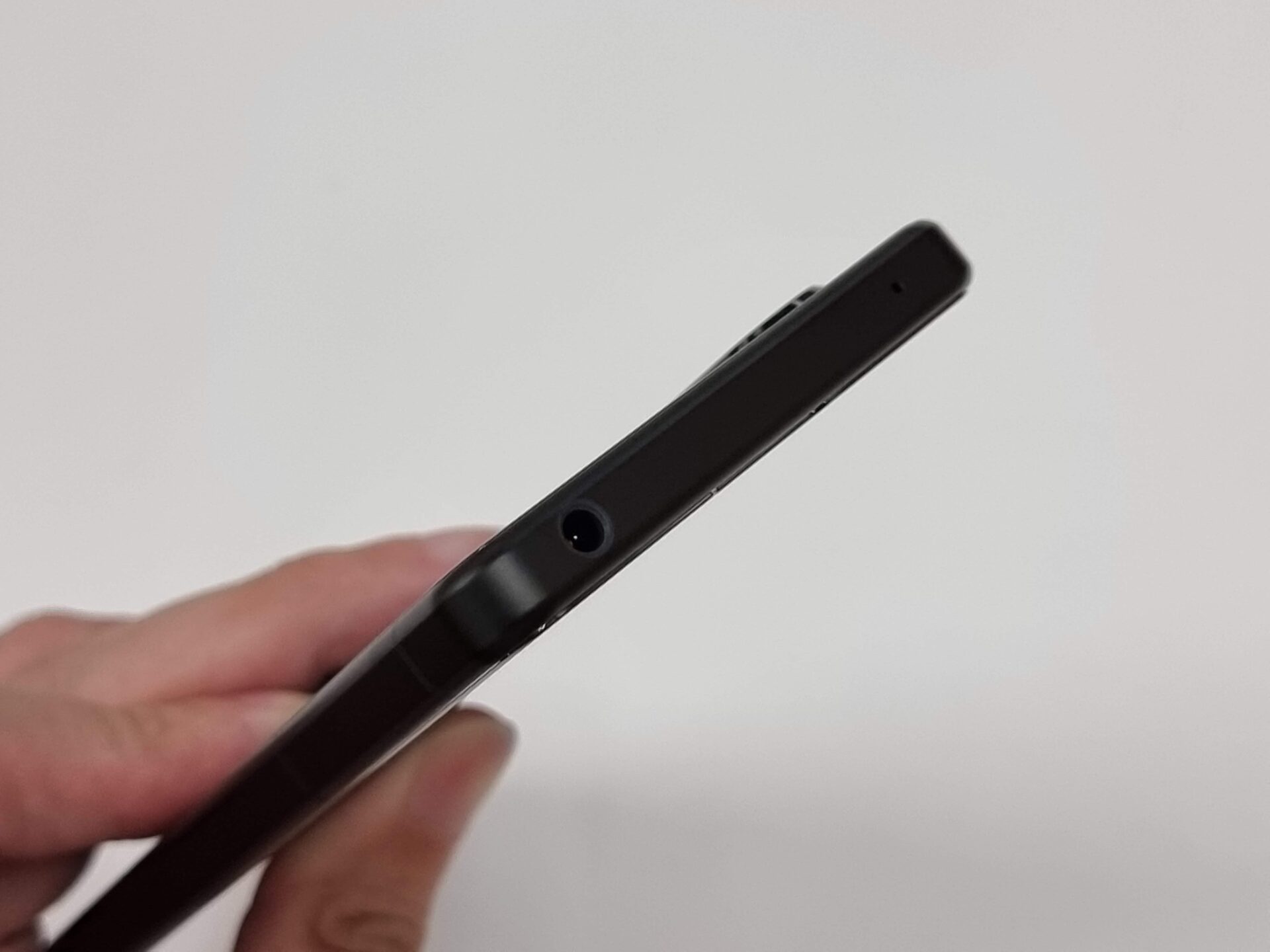
Sony users will be happy to find that some hallmark features remain. The hardware shutter button is where one expects it to be, on the bottom-right. The microSD (up to 1TB – nice) and SIM card tray can be opened without a tool, just like the Xperia 1 IV.
Sony has not gotten rid of the 3.5mm headphone jack either, kudos. And the same IP68 water and dust resistance as its siblings carry over to the Xperia 5 IV.
Screen
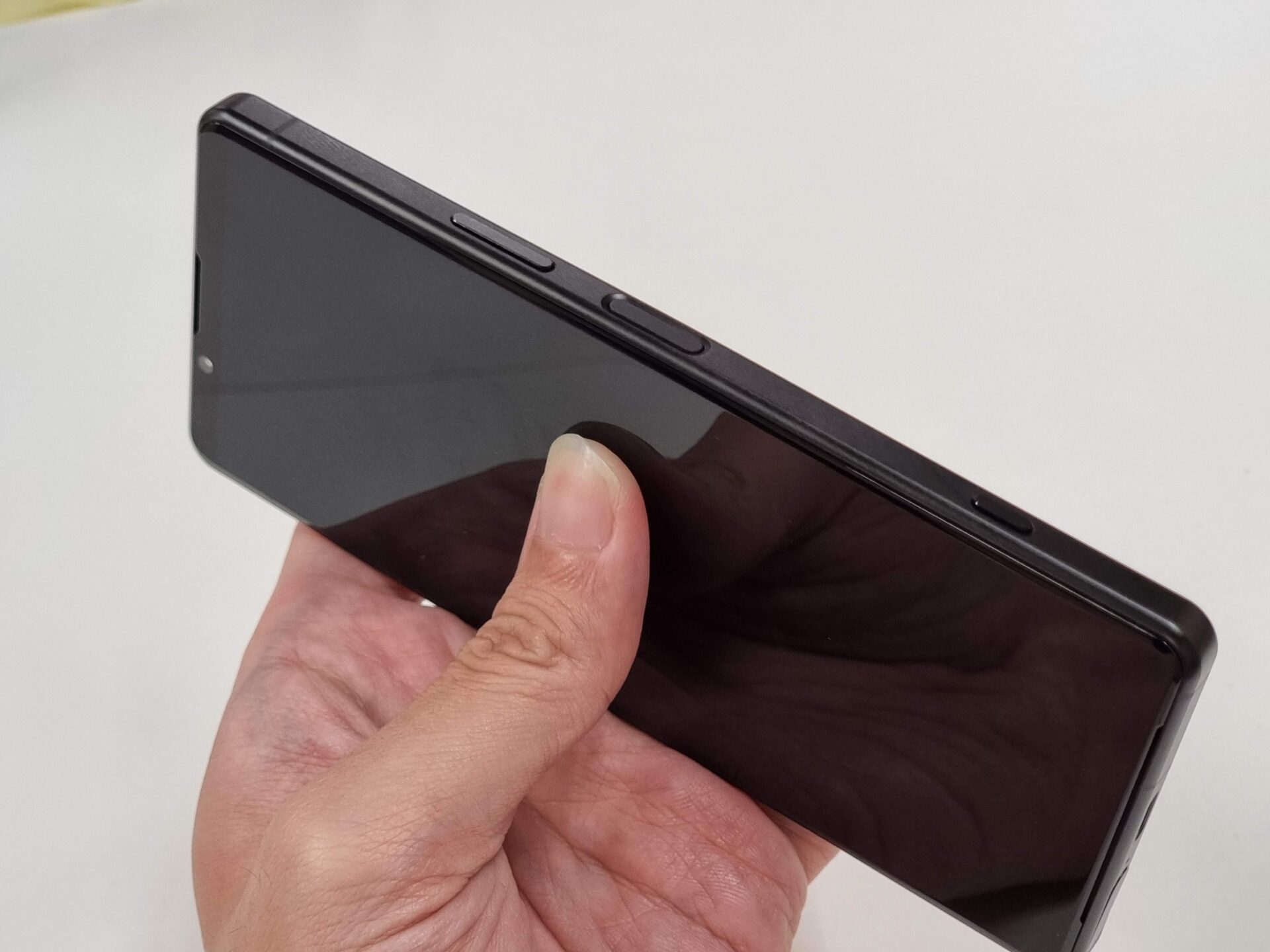
The display on offer here is a 6.1-inch, Full HD+ 2,520 x 1,800 pixel OLED panel, with 120Hz refresh rate and 21:9 aspect ratio. This is similar to what is on the Xperia 5 III, but Sony claims it to be 50 per cent brighter. And it does get quite bright indeed – I measured maximum brightness of 1,420 nits.
At the same time, Corning’s Gorilla Glass Victus provides drop and scratch protection on the Xperia 5 IV’s front and rear glass panels.
Viewing angles, clarity and colour saturation are excellent. The blue shift I experienced with earlier devices have, thankfully, become even less pronounced.
The Xperia 5 IV’s display can become brighter with adaptive brightness on, improving sunlight legibility on a rather reflective screen.
However, the device can run hot quickly when that happens, though. There is a warning that appears when one fires up the camera app.
Interestingly, 120Hz support for the screen is turned off by default on our review unit. It may be activated via the High Refresh Rate sub-menu under the Display settings page.
Unfortunately, the Xperia 5 IV follows its predecessors’ habit of generally locking on to 120Hz, except when watching videos and while playing games. A flagship device should dial down its refresh rates more dynamically, so this is disappointing.
I have previously shared my views on a 21:9 aspect ratio, and will not repeat it here. Suffice to say, it appears to me Sony has decided to make it a hallmark of the Xperia smartphone line.
Performance
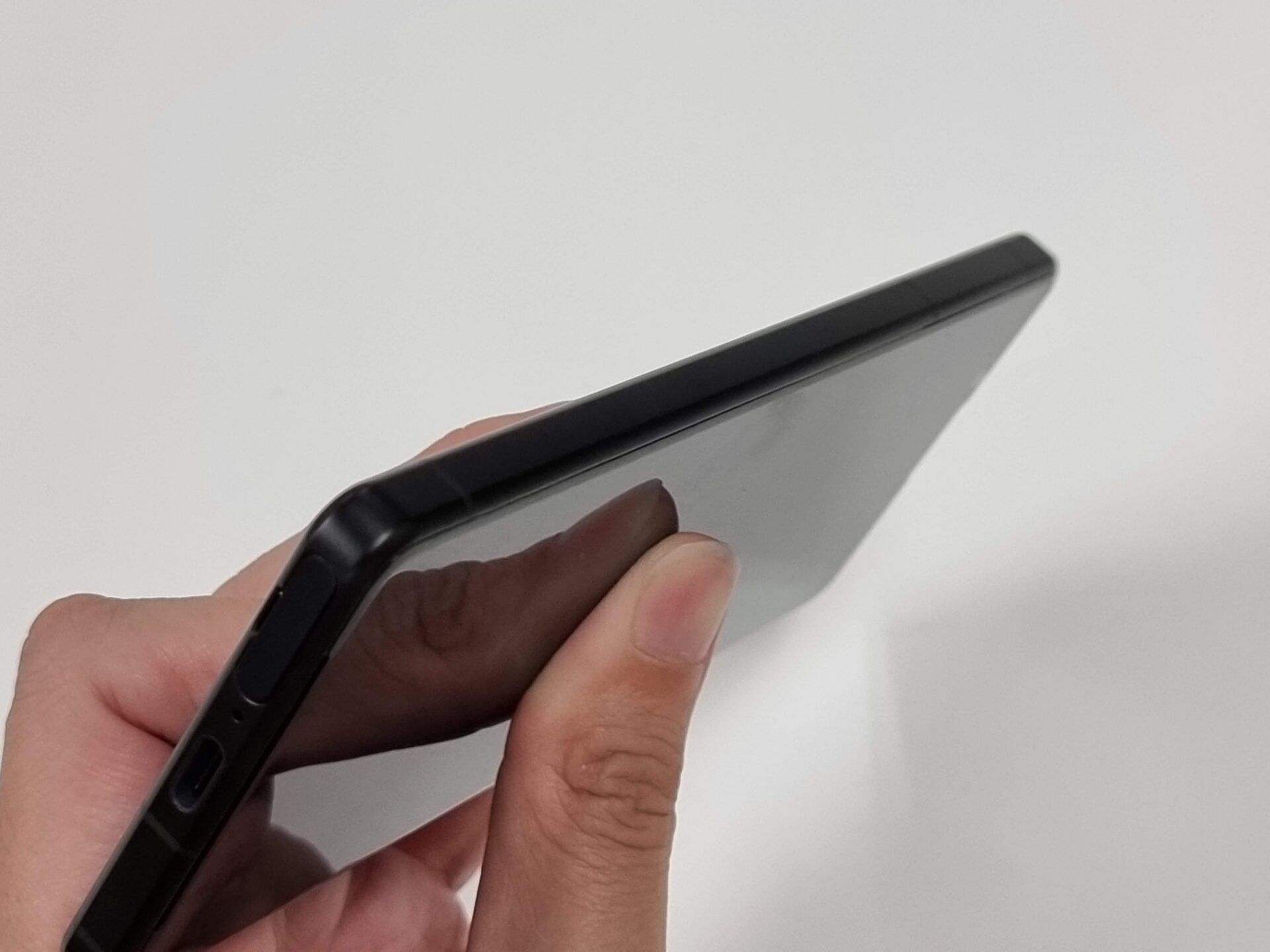
The Xperia 1 IV packs a Qualcomm Snapdragon 8 Gen 1 processor. This is an octa-core chip with one 3GHz Cortex-X2 burst core, three 2.5GHz Cortex-A710 performance cores, and four 1.8GHz Cortex-A510 lower-powered cores. An Adreno 730 graphics core accompanies the set-up.
The Sony skin is clean and quick, faithfully retaining the majority of vanilla Android 12 interface features and eschewing duplicative Calendar, Gallery, and other apps. Per Xperia tradition, the Xperia 5 IV also seeks permission to install additional apps instead of pre-installing them.
I put the Xperia 5 IV through its paces on the PCMark 10 for Android’s Work 3.0 Performance benchmark. It covers productivity workloads like Web browsing, photo and video editing, as well as Word and Excel processing. The score is about 12,800 over three tests.
To test out the graphics, I fired up Asphalt 9: Legends. Cutscenes jittered a little but gameplay is smooth, and anti-aliasing is good. 3DMark for Android (Wild Life), which tests the performance of commonly-used game rendering engines on the device, threw up a score of about 8,000 over three tests.
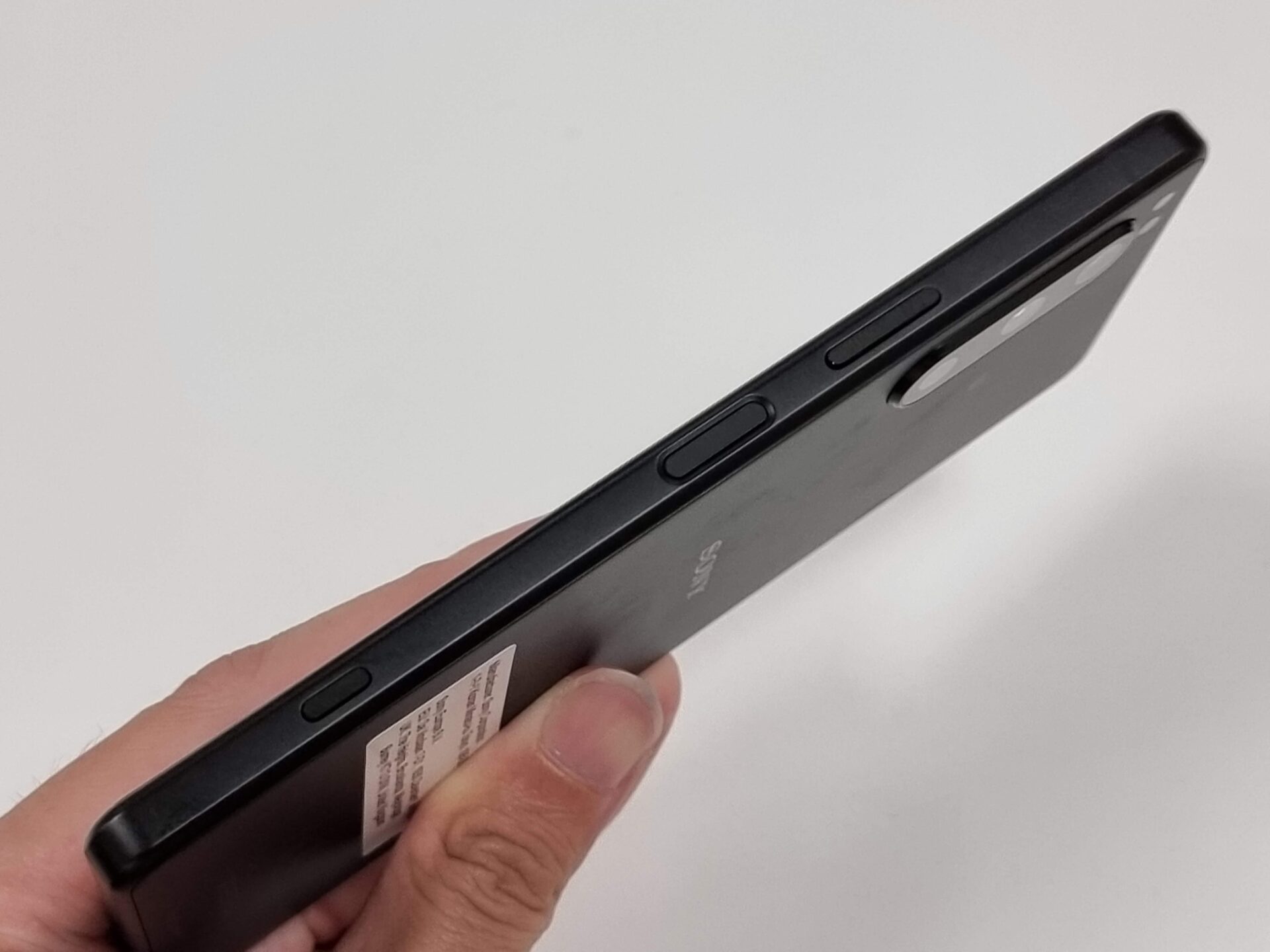
The fingerprint sensor is built onto the power button on the right side of the device. Unlike the Xperia 1 IV, I found the position of the sensor on the Xperia 5 IV just right.
The fingerprint reader is speedy. I did not encounter failed reads, and the device was quick to unlock with a satisfying vibration when I as much as glided my finger over the power button. Registration is fast.
Multi-app experience
The Xperia 5 IV can deliver a multi-window experience, activated by entering the Recent Apps menu (where one switches windows) and selecting the multi-window switch or pop-up window option.
I personally found Sony’s implementation of the feature better than Samsung’s, especially in floating window mode.
Both allow re-sizing of windows, but the controls to do so on the Sony device are clear, basically a diagonal arrow on the top left of the pop-up window. With Samsung, you need to drag the corners of the window. Other than being less obvious, they scale less flexibly than Sony’s.
Sony keeps the floating window open when I use the home gesture, minimising only the full-screen app. Samsung, on the other hand, will close both the full-screen and floating app.
The same applies even if I were to switch to on-screen buttons. The latter is less intuitive, especially as floating windows typically run in the background for music, video, or navigation.
I have also encountered the YouTube app freezing on Samsung’s pop-up window mode, when I try to bring the app back after it closes on a customised window size.
Battery Life
The Xperia 5 IV has a 5,000mAh cell, 10 per cent larger than on the Xperia 5 III. Like most Snapdragon 8 Gen 1 devices, battery life appears to have taken a hit, which the newer Snapdragon 8+ Gen 1 and 8 Gen 2 devices are addressing.
I calibrated the screen to 200 nits brightness, and ran the PCMark 10 for Android’s Work 3.0 Battery Life test with Wi-Fi running throughout. At 60Hz screen refresh rate (as Sony intended), the score came up to 13 hours and 31 minutes.
Feel free to check out the UL Benchmarks site to make your own comparisons.
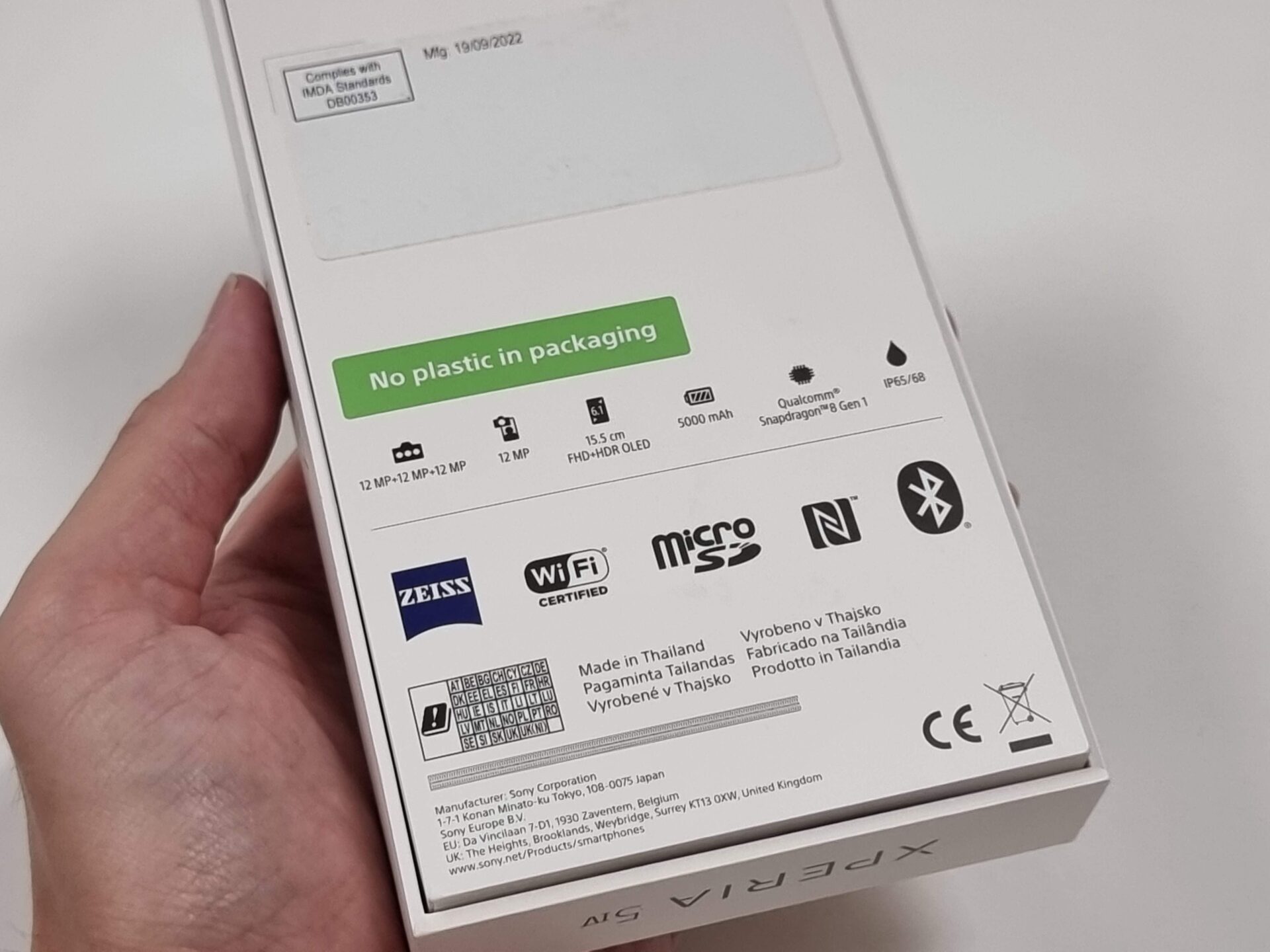
The Xperia 5 IV supports the same 30W USB-Power Delivery standard as the Xperia 5 III, and brings wireless charging for the first time to the Xperia 5 range. Like its siblings, the Xperia 5 IV ships with neither the charger nor cable.
Cameras
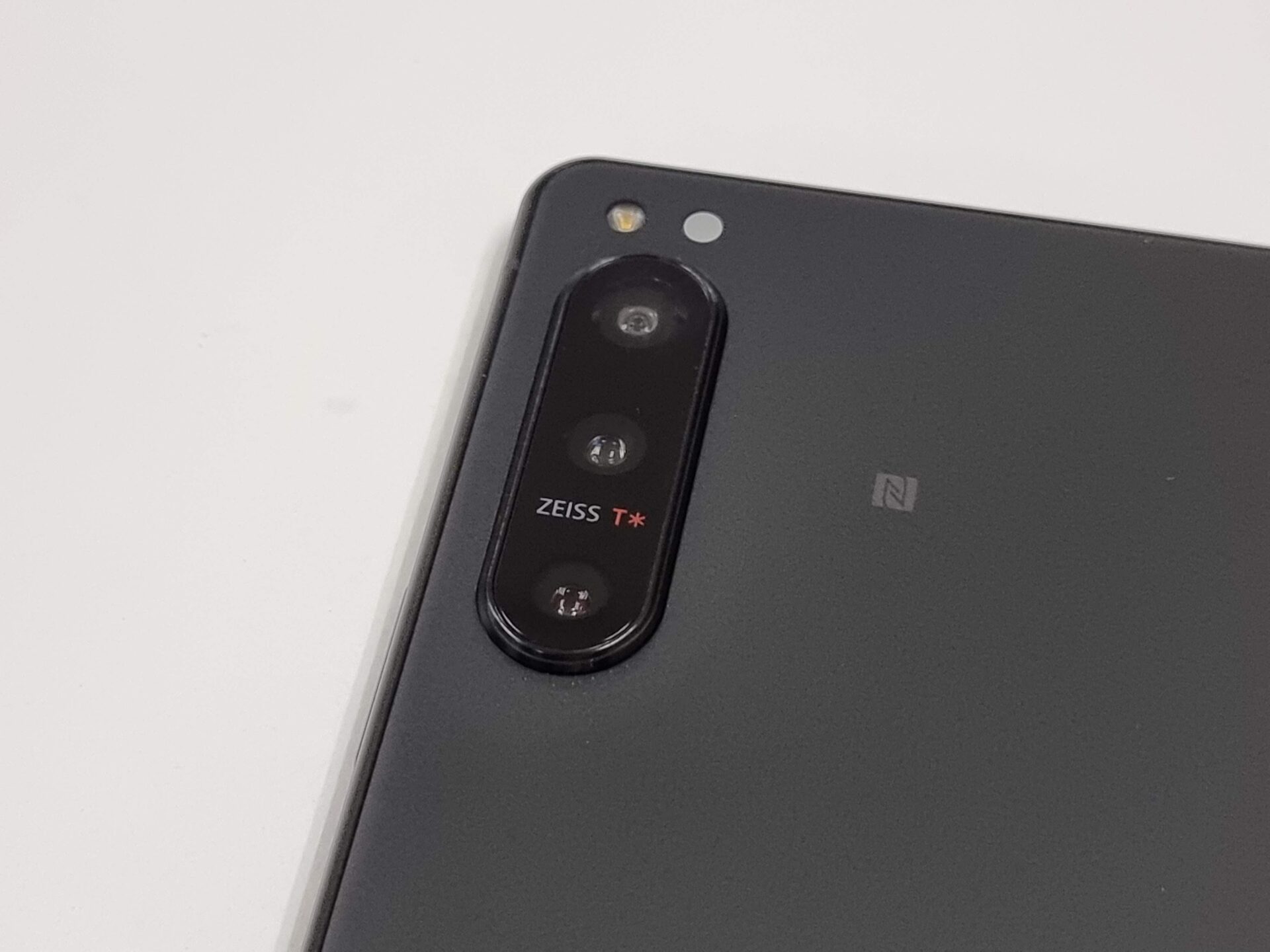
The camera system on the Sony Xperia 5 IV uses familiar Zeiss glasses, but loses the variable focal 70mm and 105mm telephoto focal lengths for a single 60mm (2.5x equivalent) unit.
Otherwise, the camera system is largely similar to the Xperia 1 IV.
- Wide: 12 MP, f/1.7, 24mm, 1/1.7″, 1.8µm, Dual Pixel PDAF, OIS
- Telephoto: 12 MP, f/2.4, 60mm, 1/3.5″, Dual Pixel PDAF, OIS
- Ultrawide: 12 MP, f/2.2, 124˚, 16mm, 1/2.5″, Dual Pixel PDAF
- Selfie: 12 MP, f/2.0, 24mm, 1/2.9″, 1.25µm
Overall, image quality is competitive with other flagships, but the inconsistent brightness balance in low-light shots persists.
Good news is, Sony has a trademark natural-but-not-muted, true-to-life look in its images. The dynamic range in daytime shots on the wide and ultrawide shooters are amazing, and the skies and foreground are often both beautifully rendered.
The brightness balance, however, can be finicky. Some of my shots are inexplicably brighter or darker.
The Night Mode does its magic with the wide lens and the end result is beautiful, but that does not seem to quite explain the inconsistencies.
Video stabilisation remains better than competition when shot with the Video Pro app, even (or especially) in the hands of a novice like me.
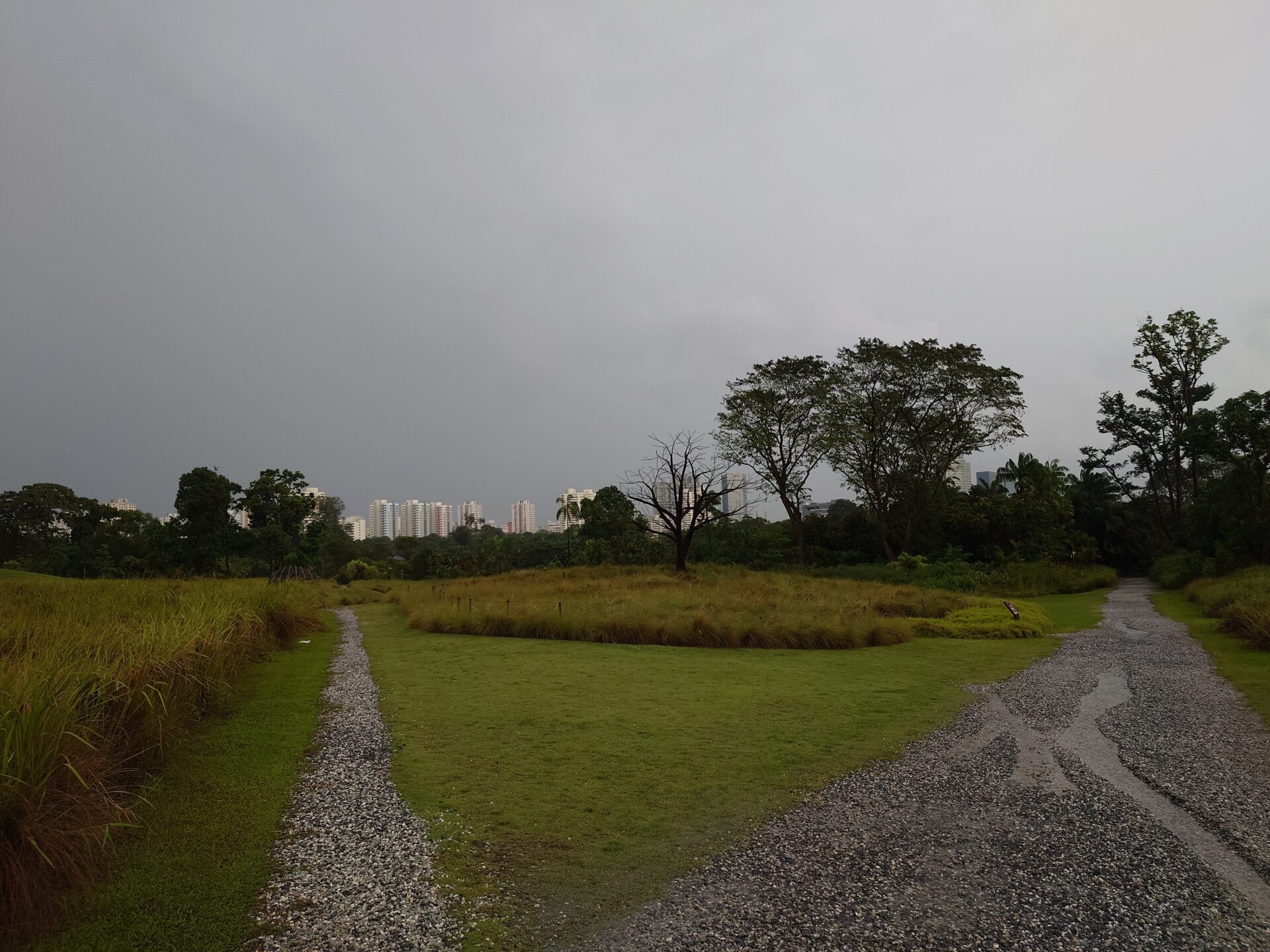
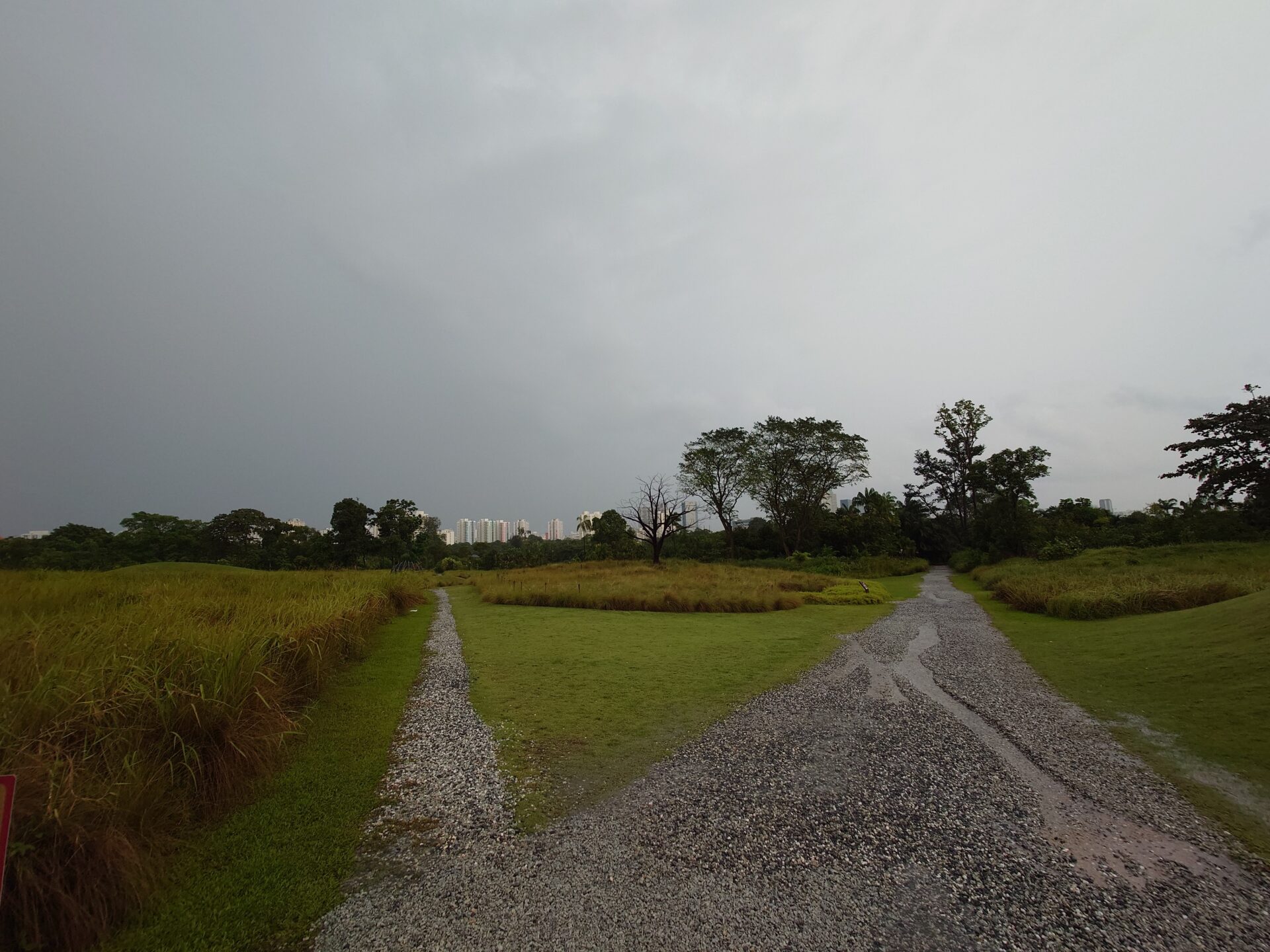
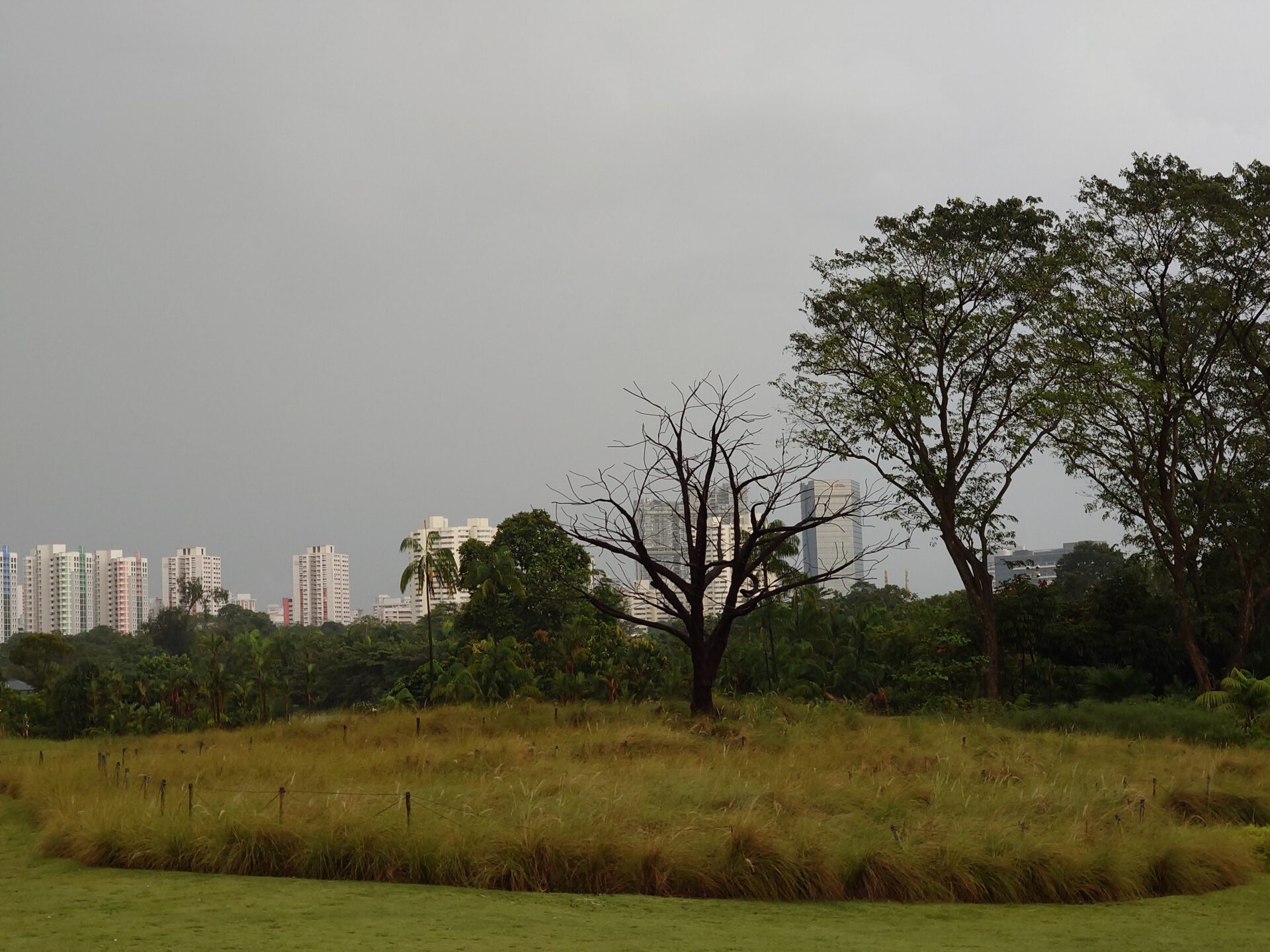



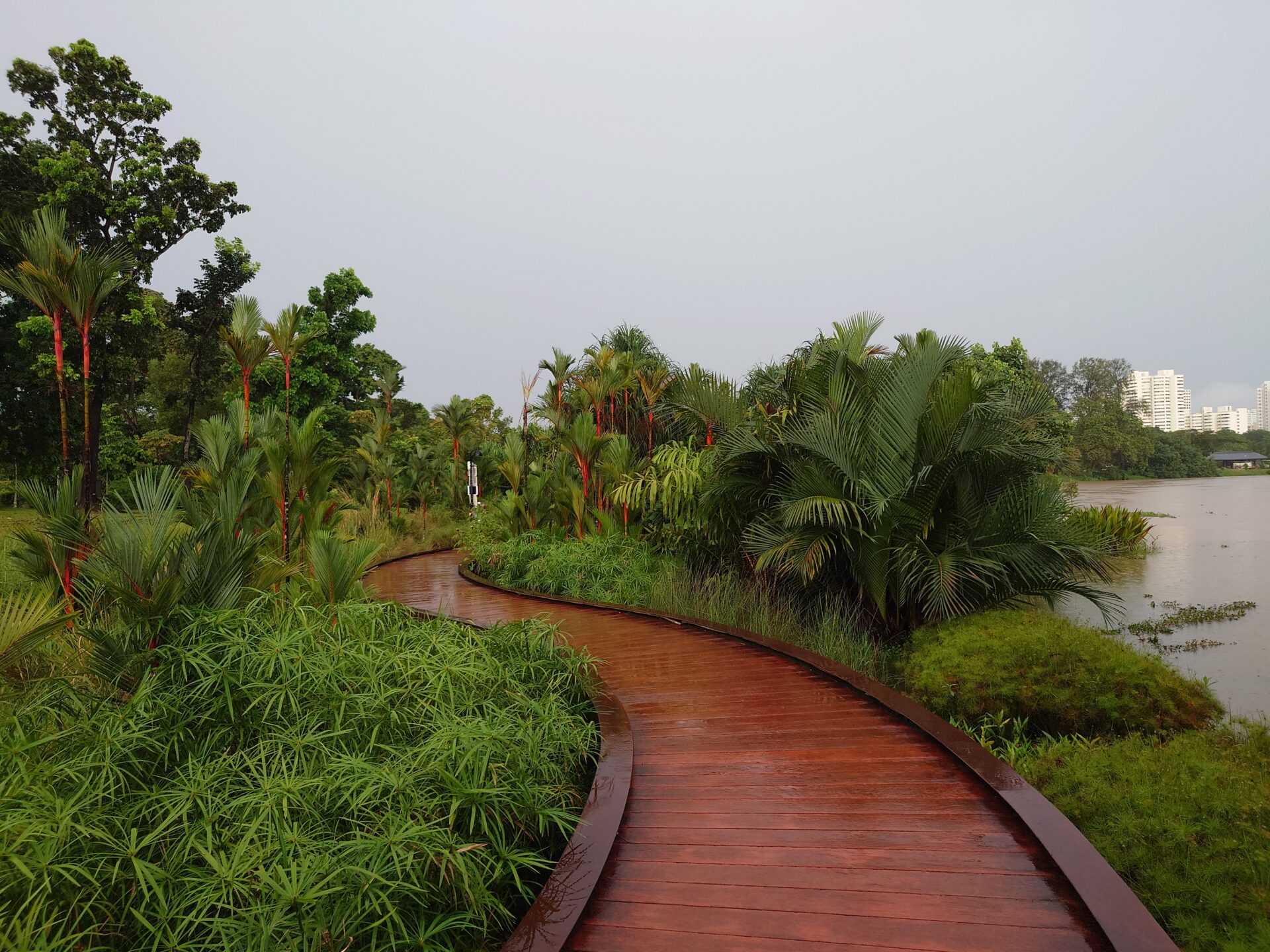
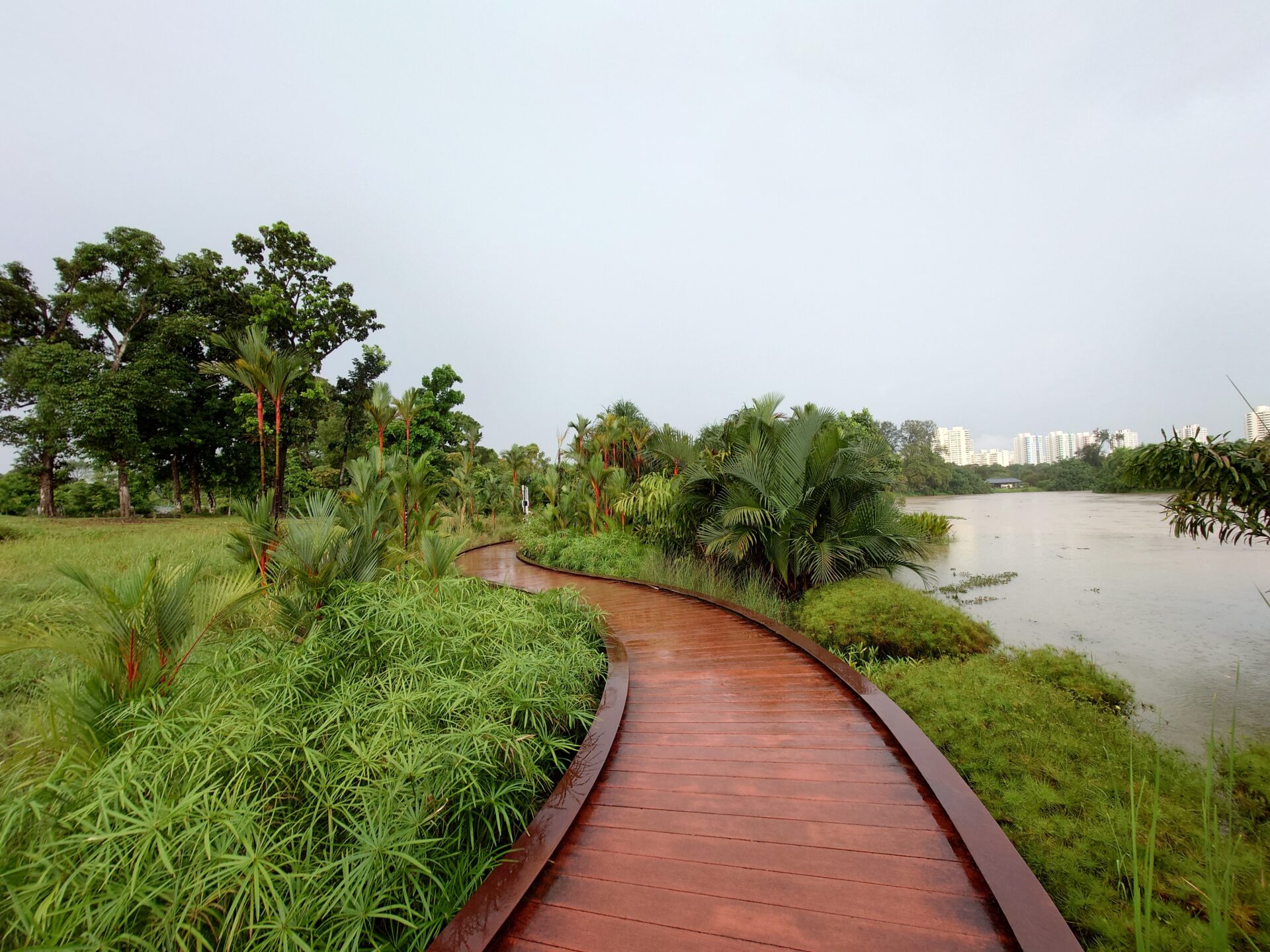
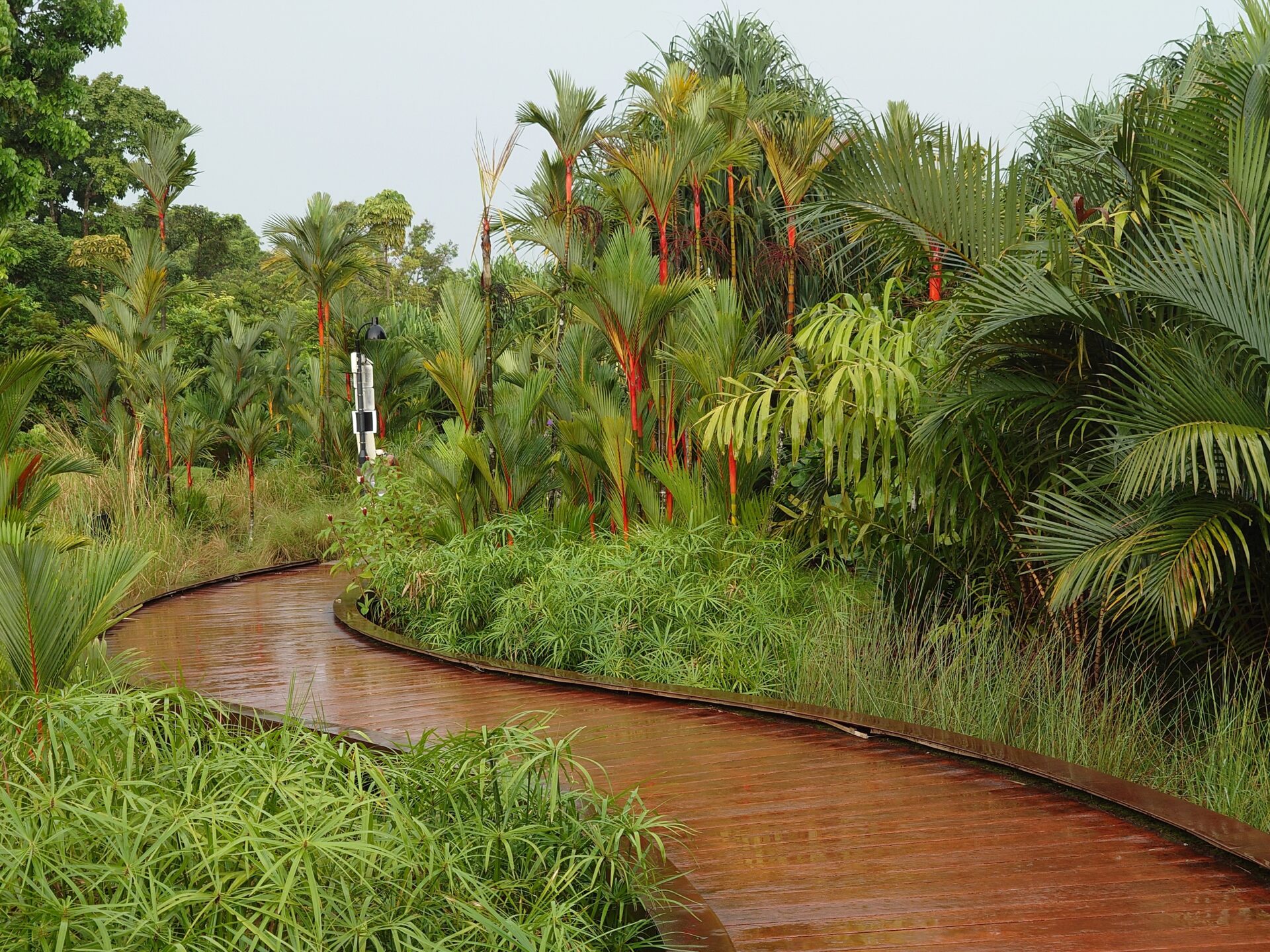

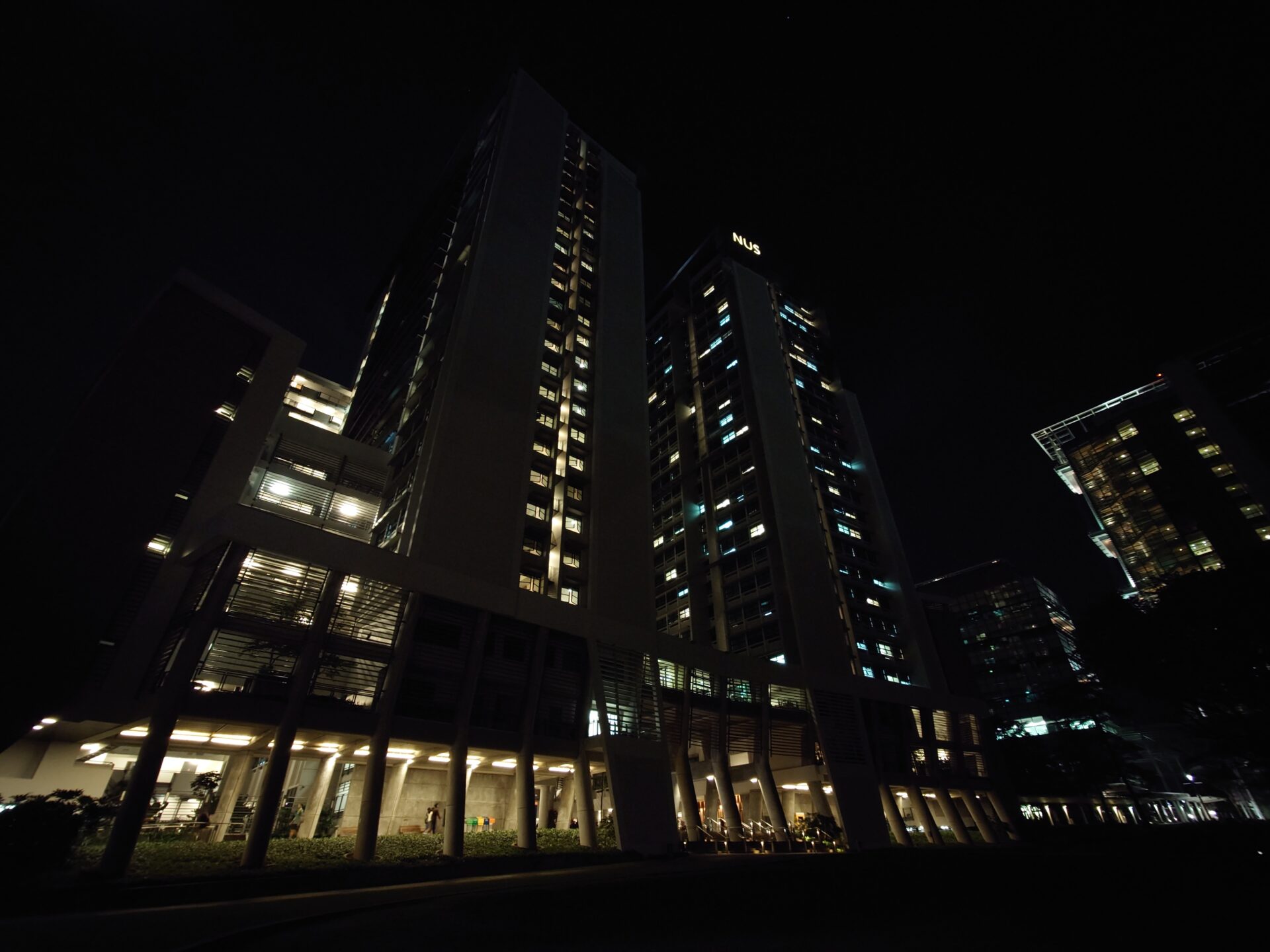
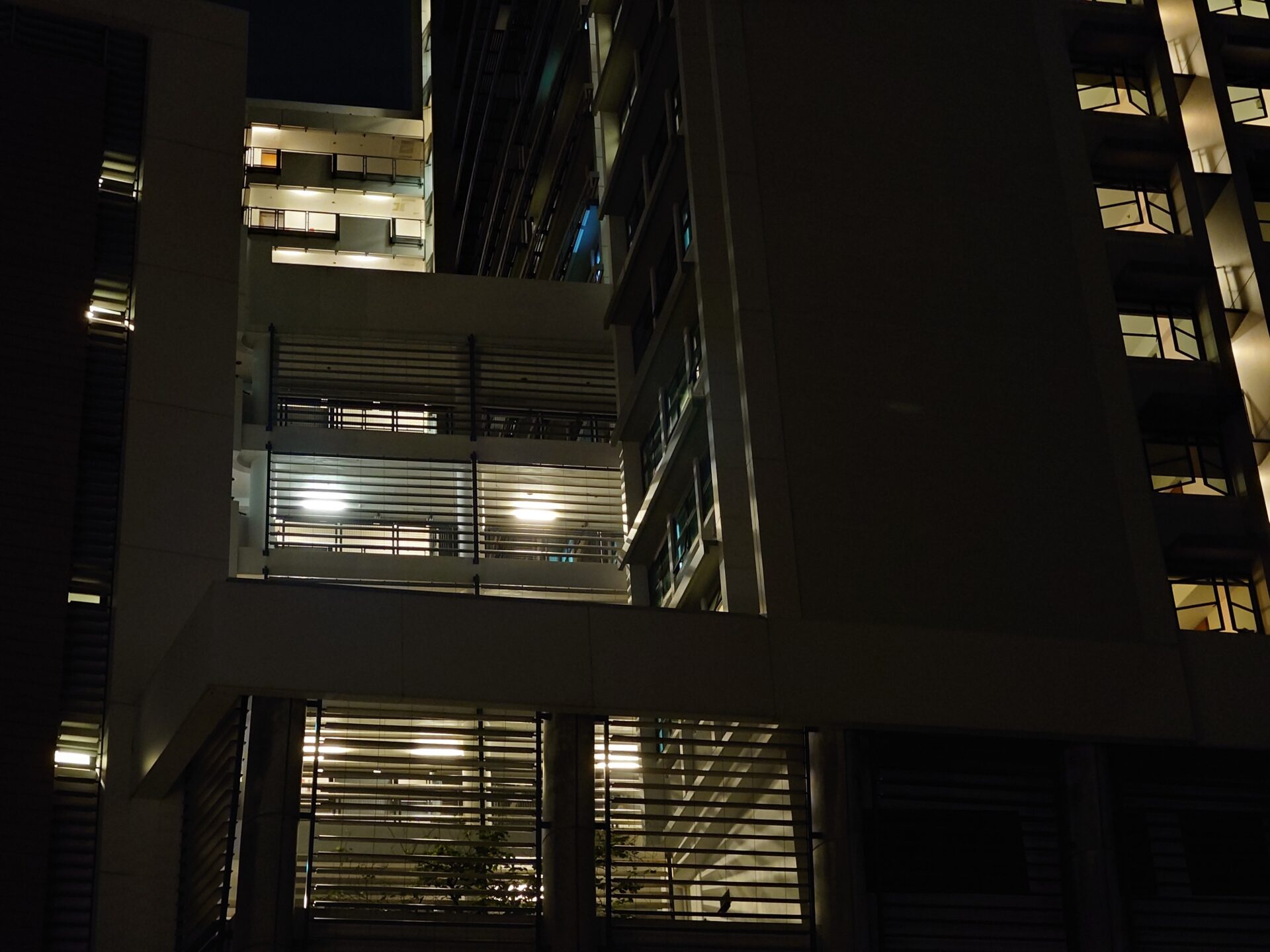
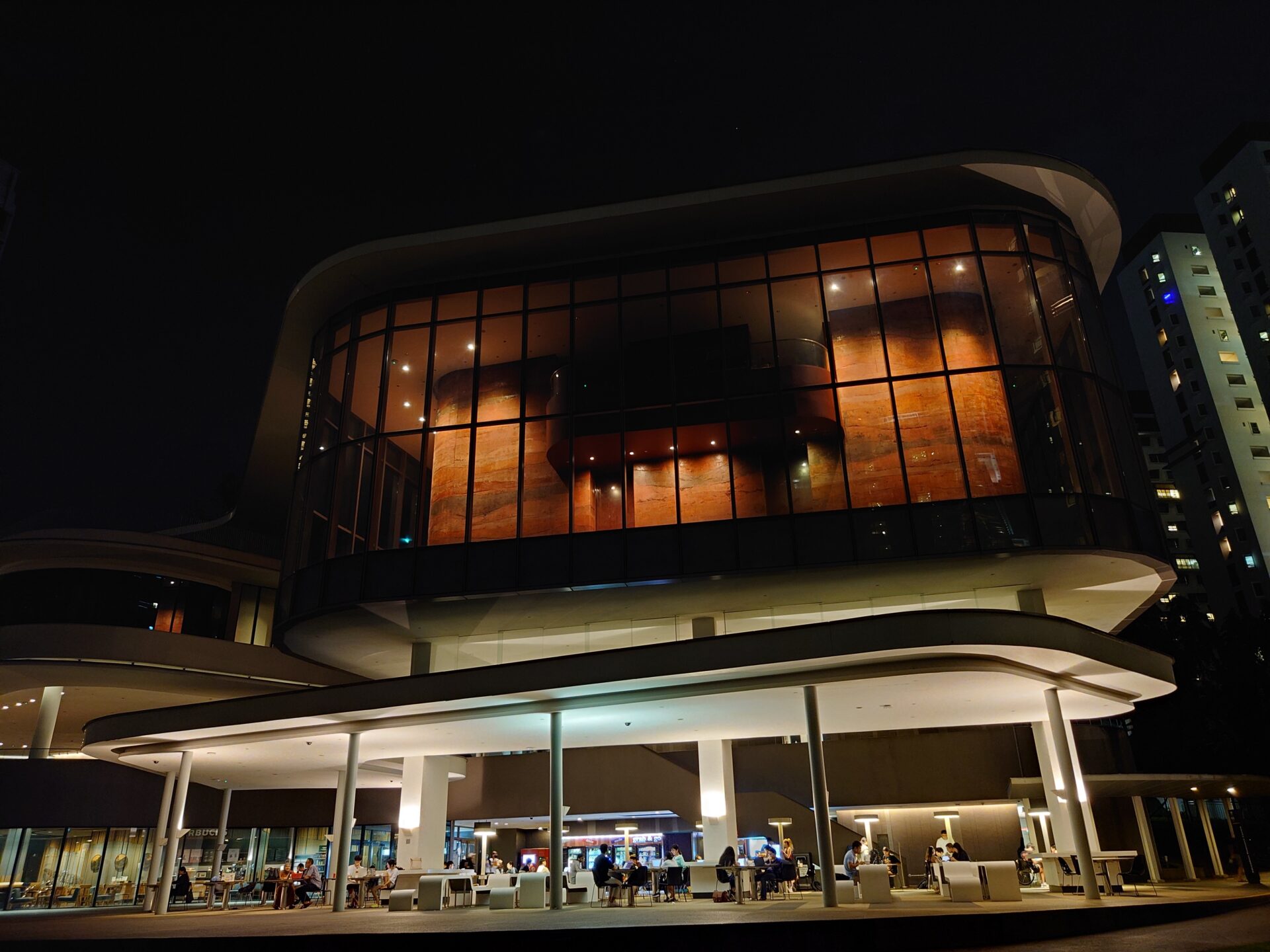
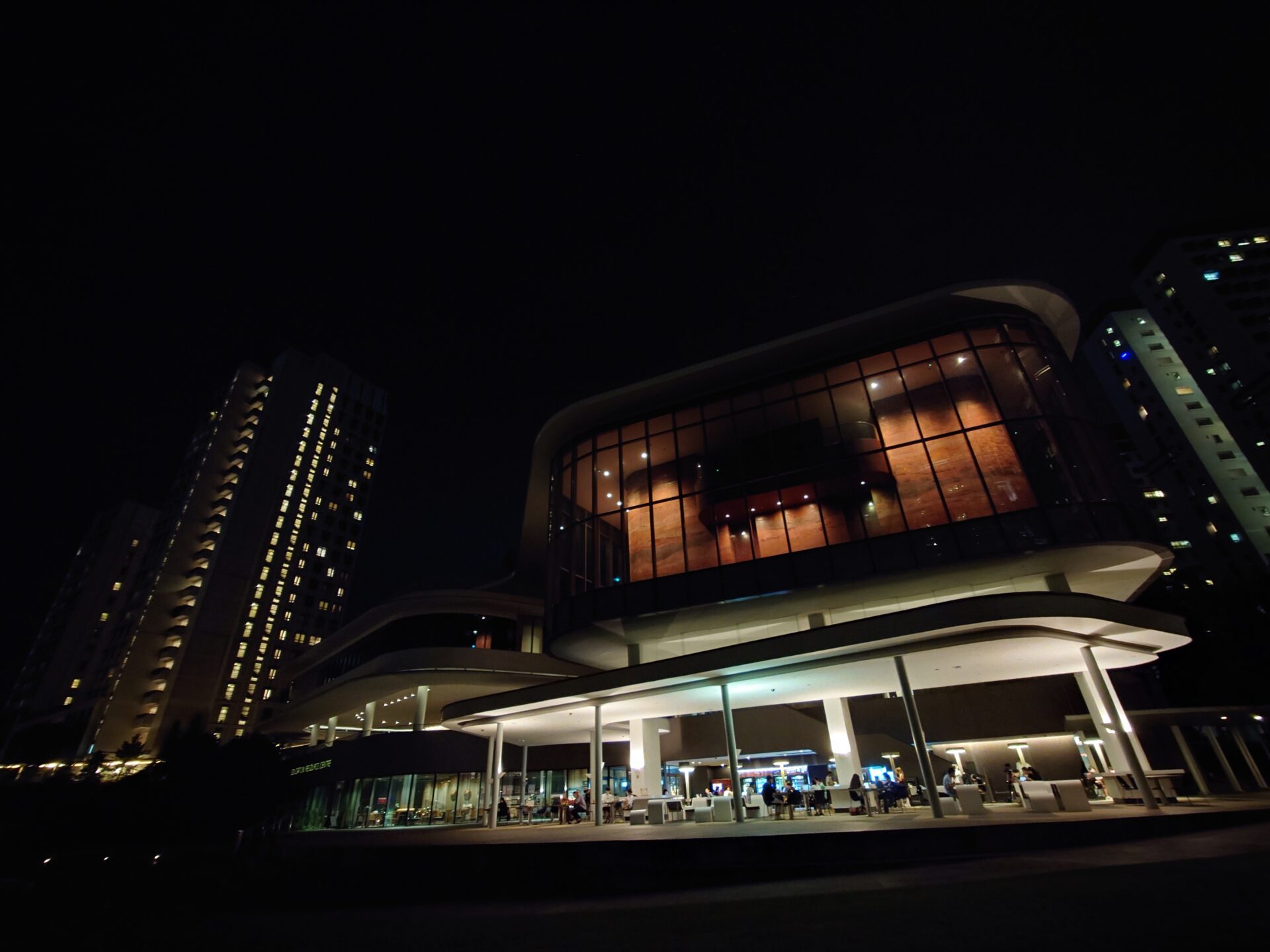
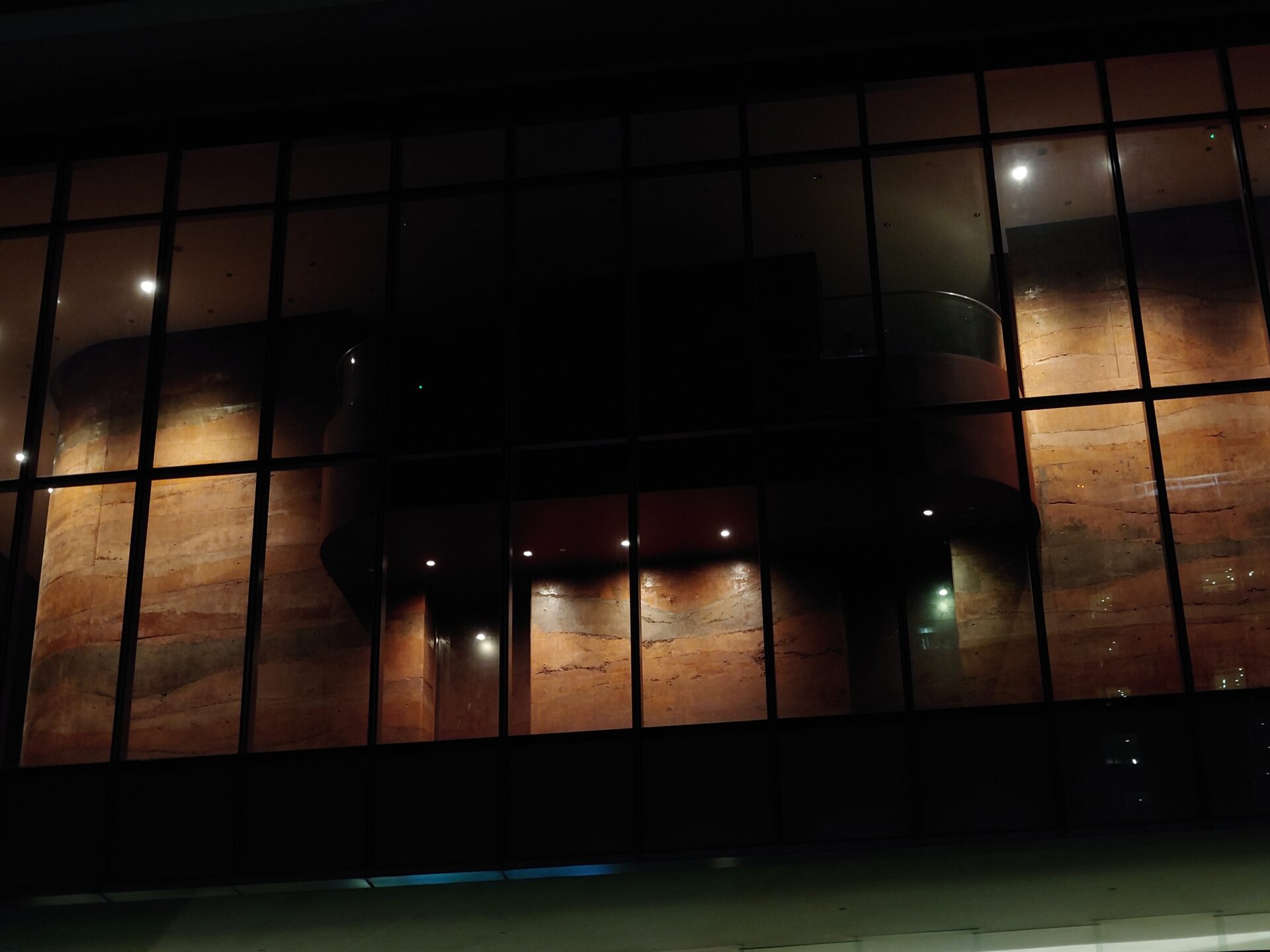
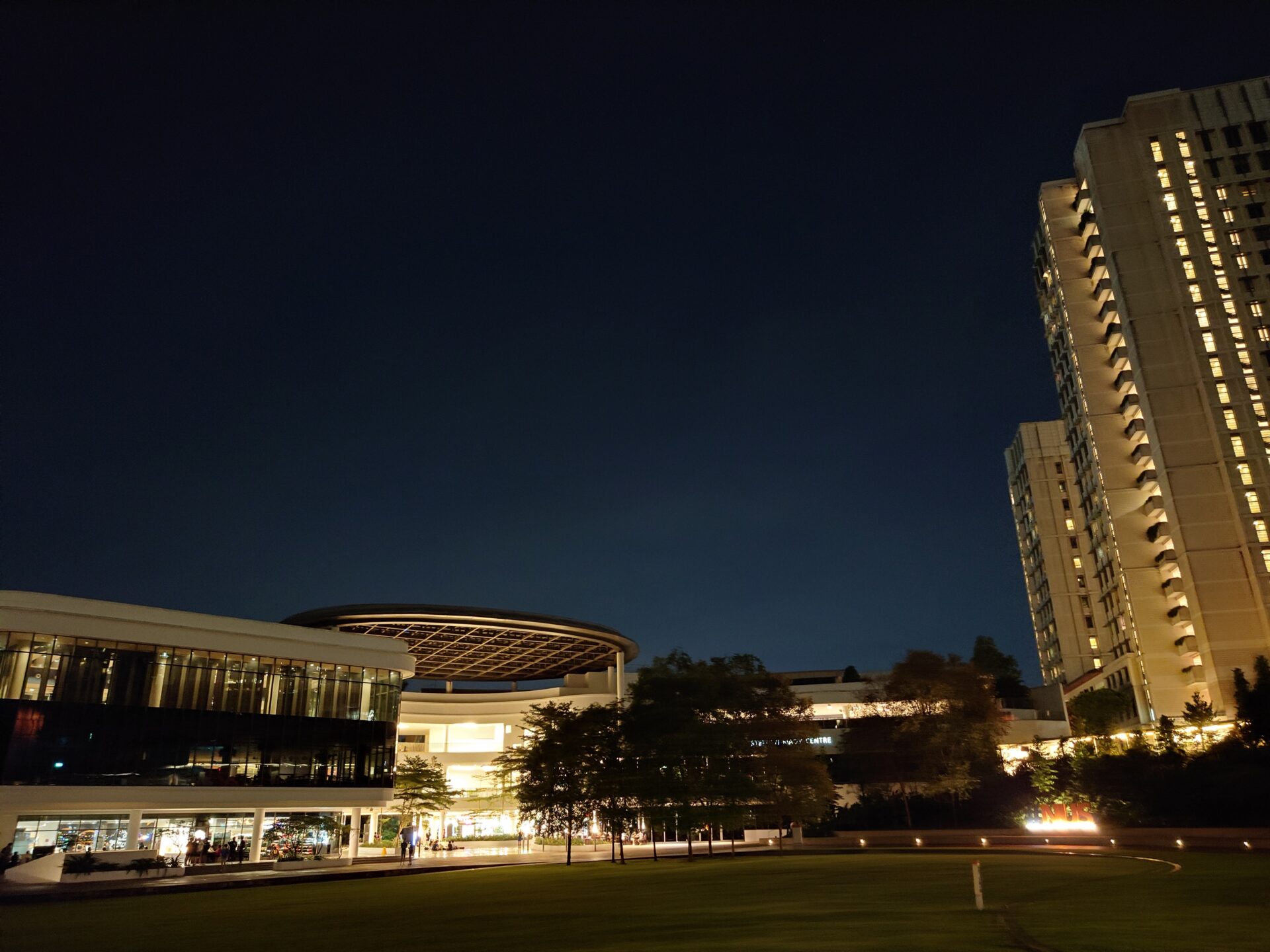
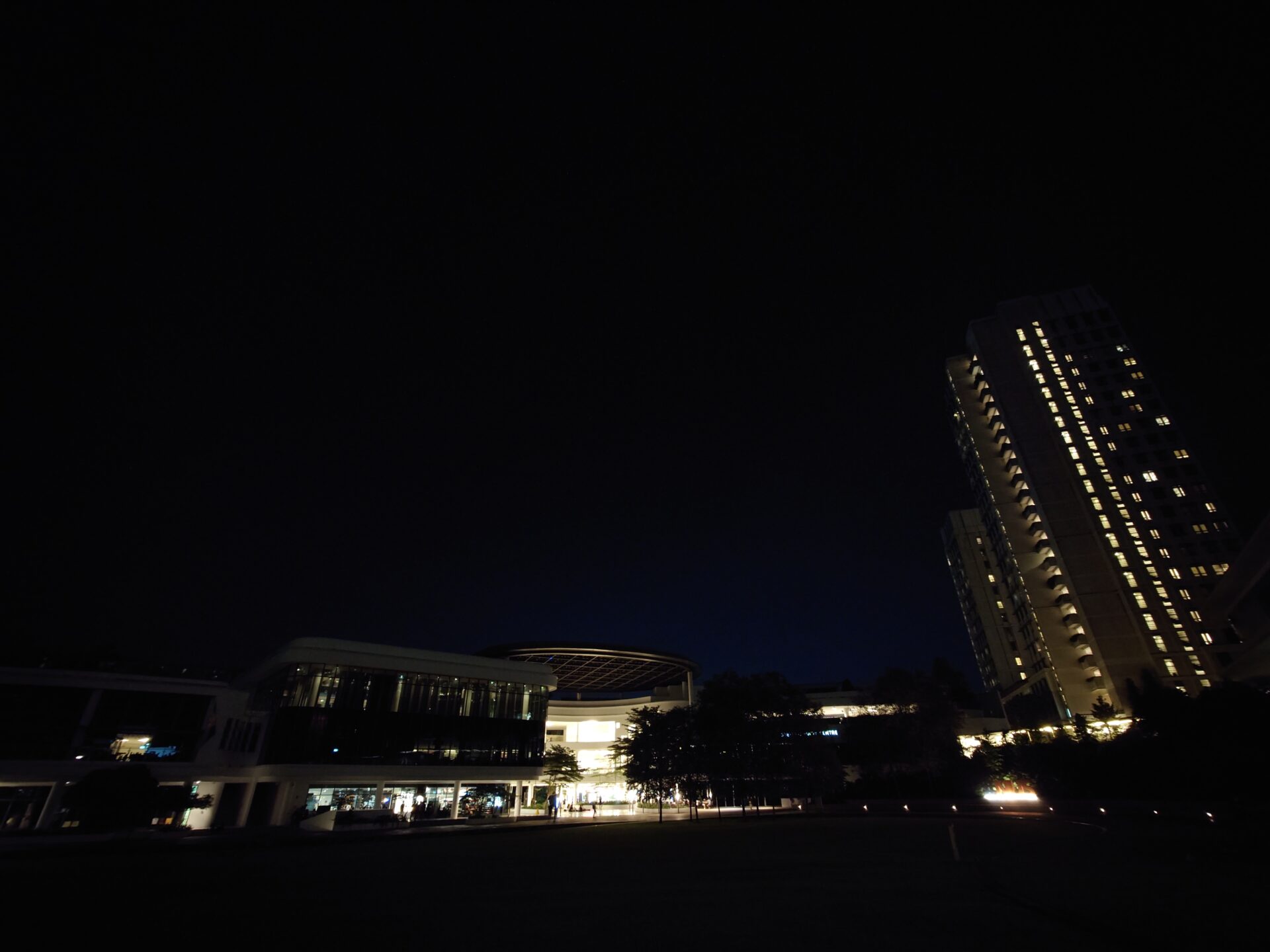
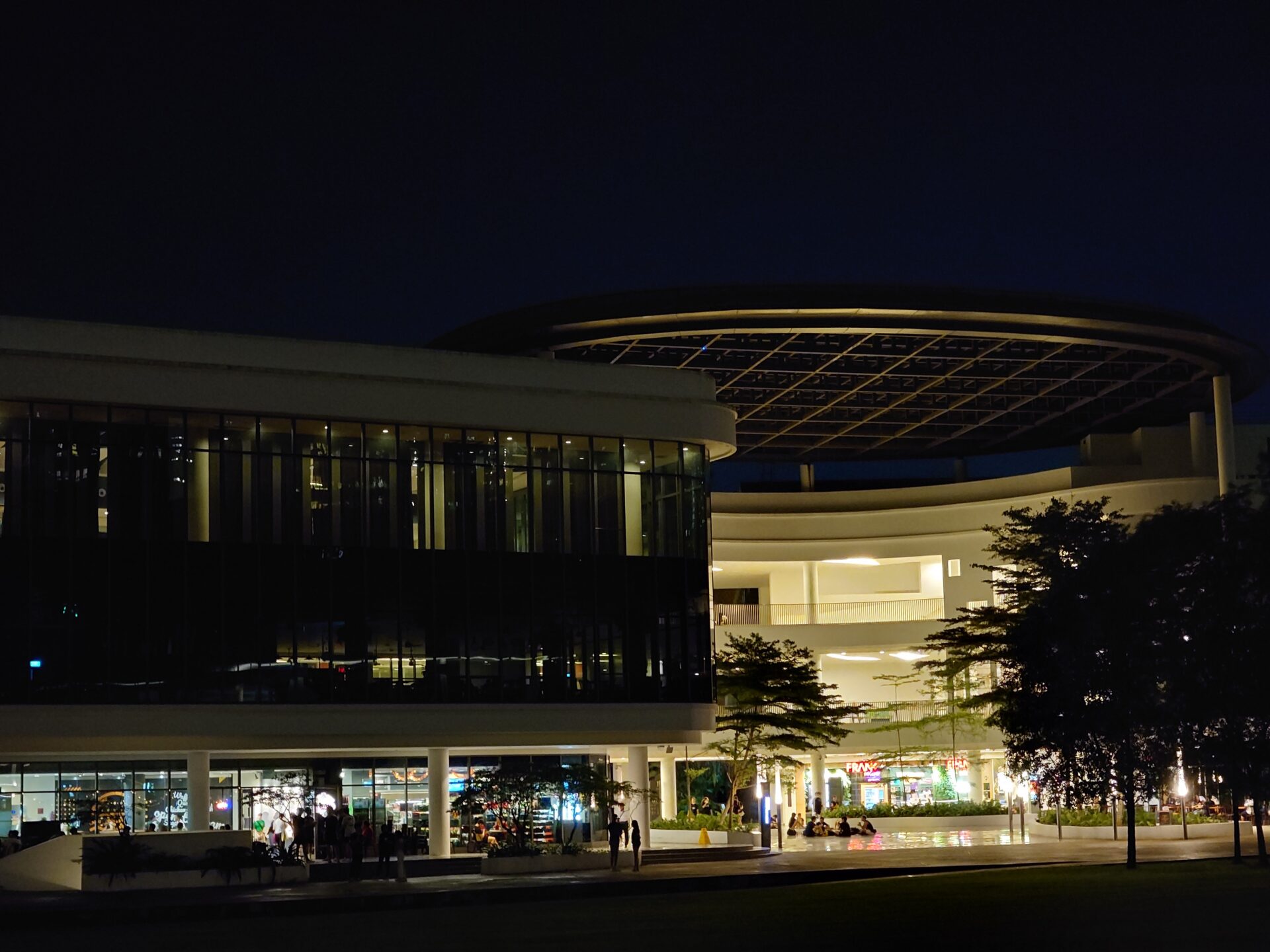
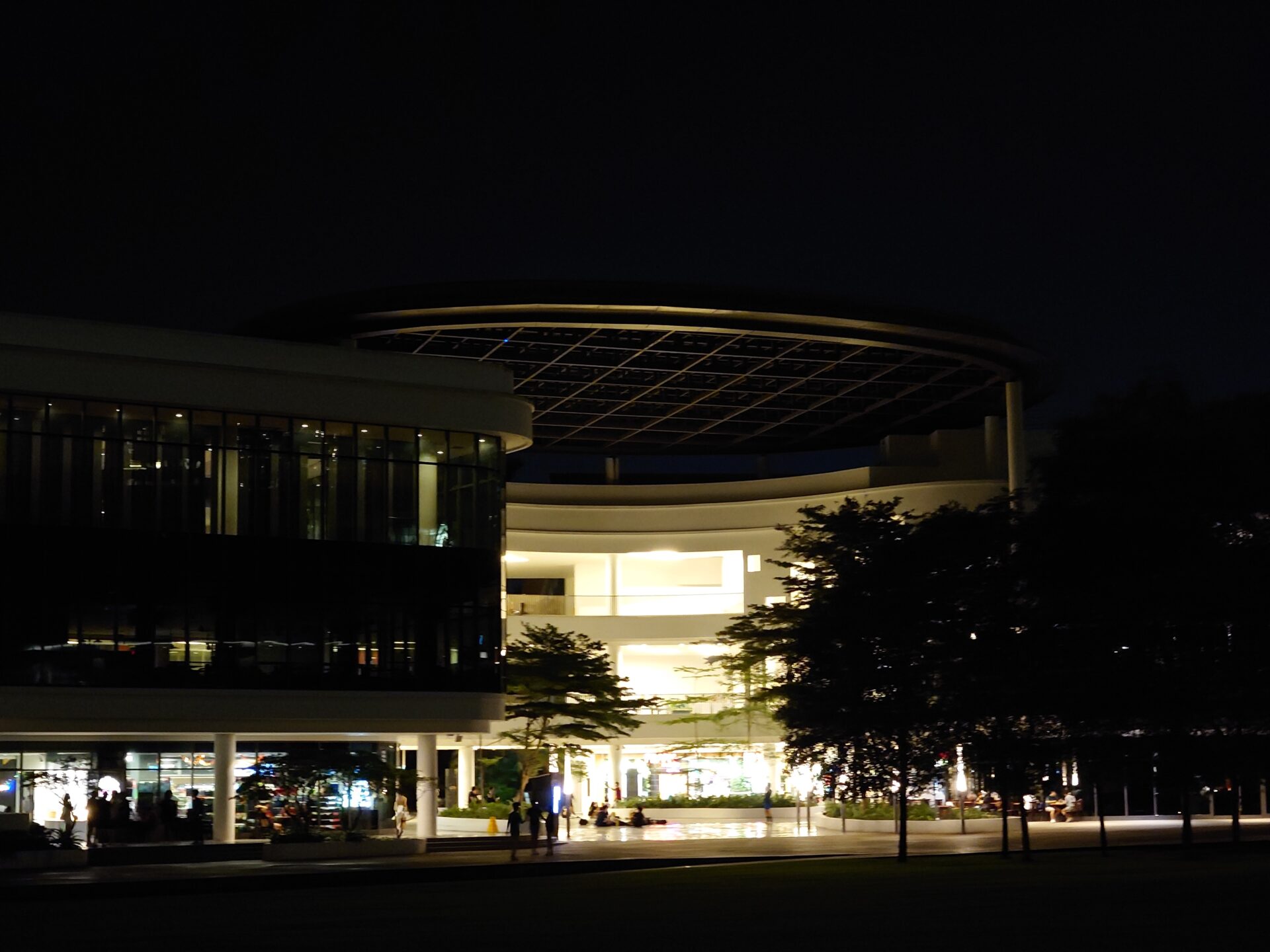
Conclusion
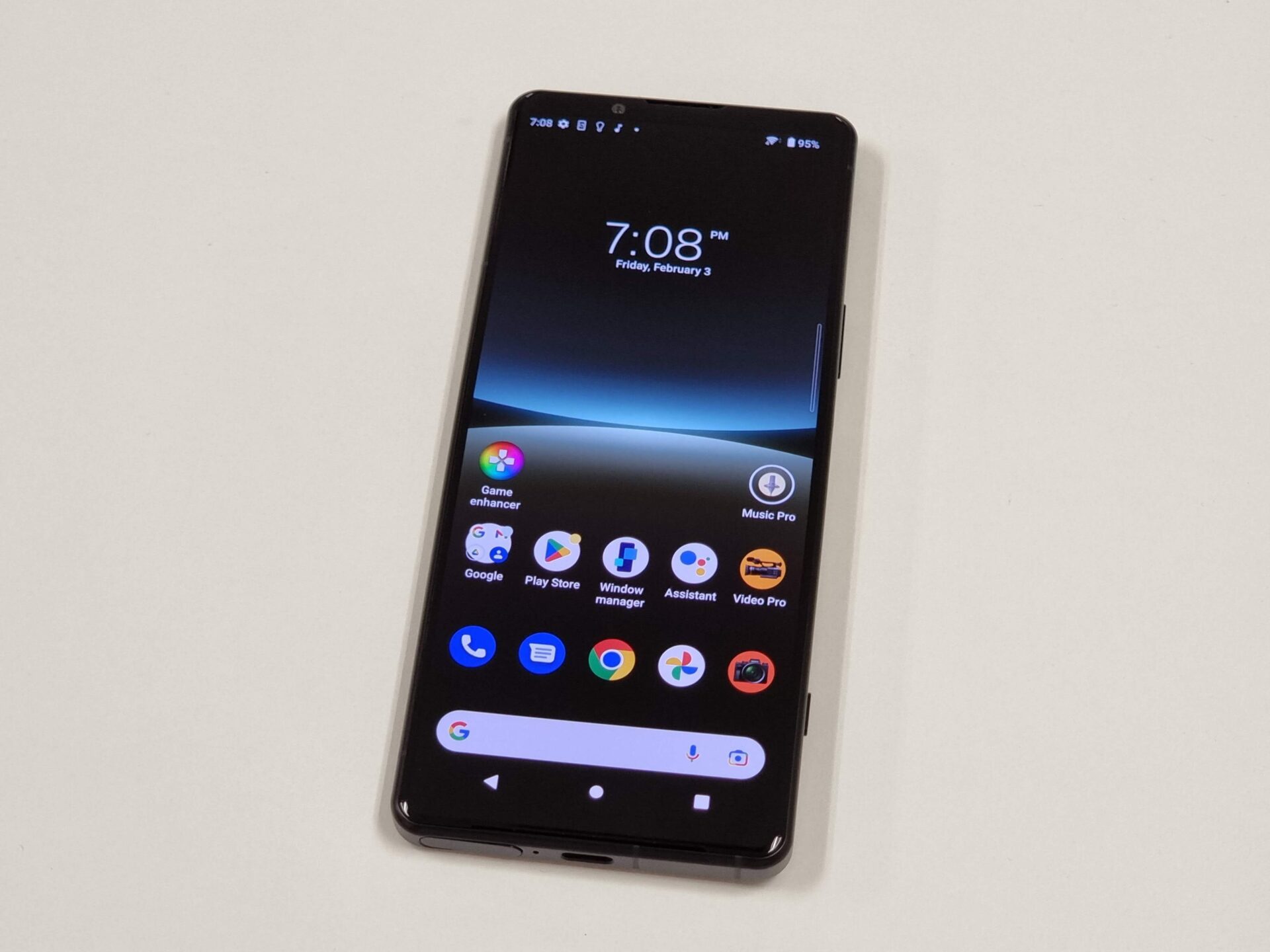
The Xperia 5 IV, despite being a “vanilla” (or a “non-ultra”) flagship, delivers a comfortably premium experience, with good battery life and a top-end camera set up without the slightly limited variable zoom set up on the Xperia 1 IV.
The camera experience remains largely similar to its princelier ultra-flagship sibling, including a natural-but-wide colour profile, and inconsistent brightness especially in low-light shots.
There is probably insufficient difference between the Xperia 5 IV and Xperia 1 IV to justify the few hundred more dollars for the pricier model. The Xperia 5 IV delivers what it offers without the gimmicks.
For me, there is no need for a Quad HD or 4K resolution screen, and the camera system is similar to what is on Xperia 1, less variable zoom that is rather minimal in usage to many users, anyway. Sony’s multi-window experience is also good.
The Xperia 1 IV is a phone worth recommending, if you are able to find it for maybe slightly less than its recommended retail price.
That said, now that it is early 2023, do also look out for more power-efficient Snapdragon 8 Gen 2 devices hitting the market as part of your decision making.
